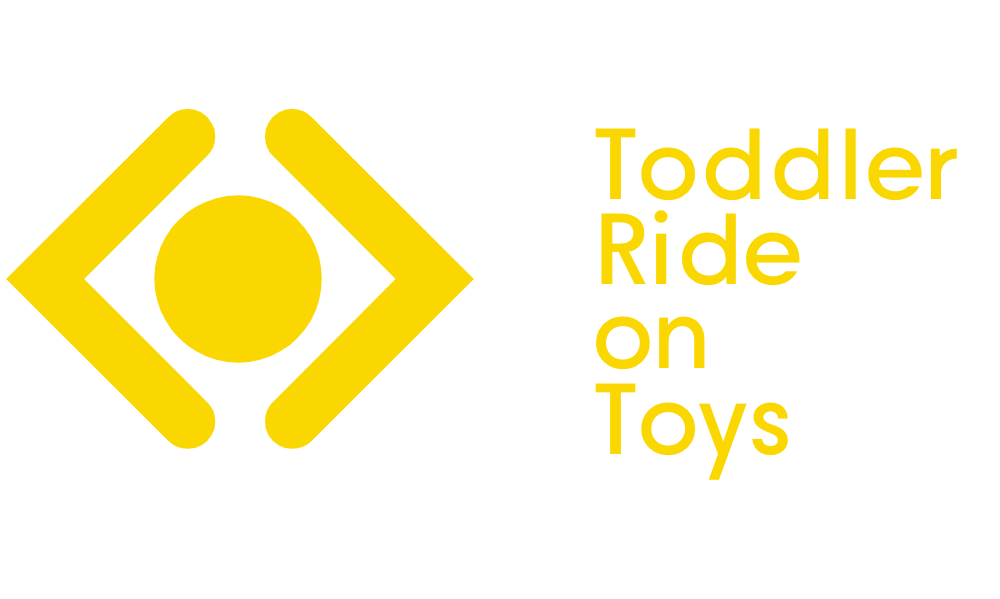Montessori Toys
Top 10 Techniques for Sanitizing Educational Playthings

We have researched and compiled a list of the top 10 methods for cleaning educational toys.
From washing with soap and water to steam cleaning, we’ve got you covered.
Using vinegar solution, disinfecting with bleach, and sanitizing with alcohol are also effective methods.
Boiling to kill germs, wiping with disinfectant wipes, soaking in hydrogen peroxide, and cleaning in a dishwasher are additional options.
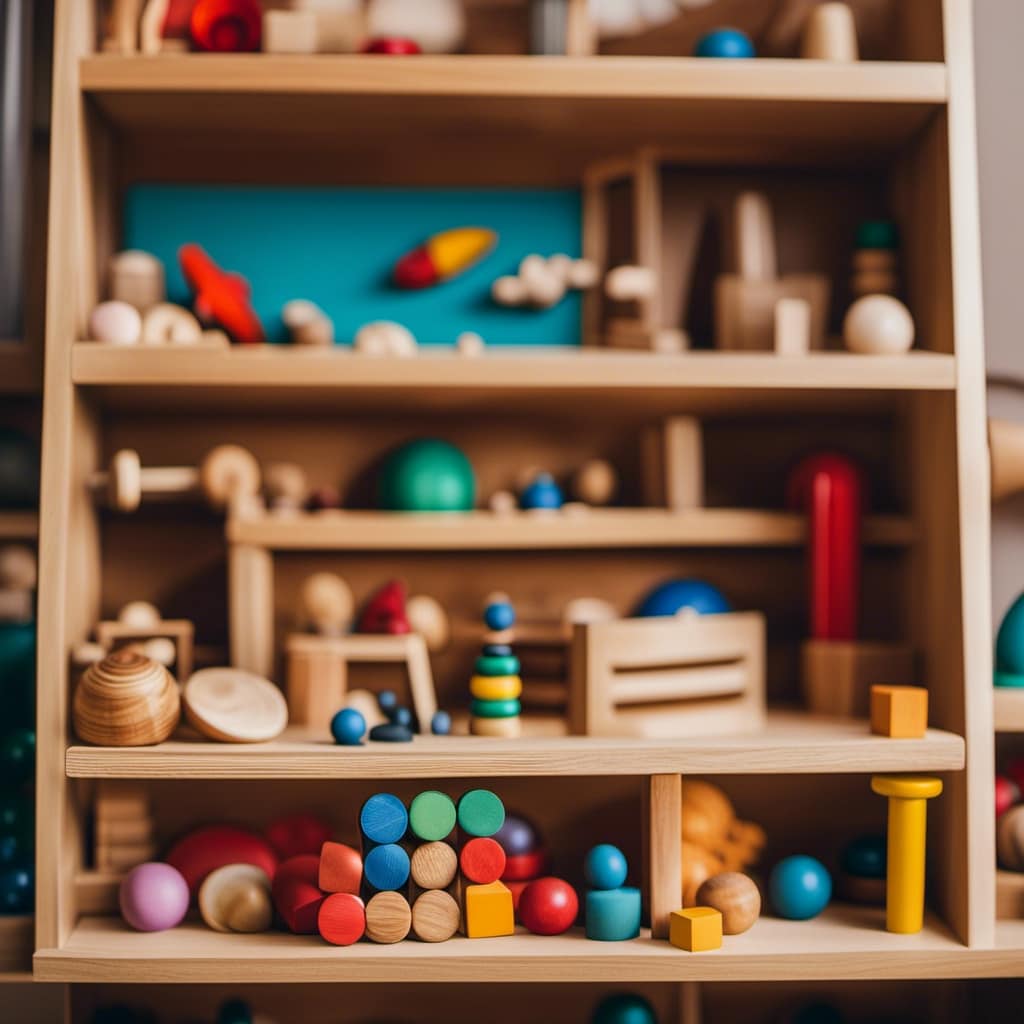
Keep your little ones safe and healthy with these expert-approved cleaning techniques.
Key Takeaways
- Washing and cleaning methods like using soap and water, vinegar solution, bleach, alcohol, disinfectant wipes, hydrogen peroxide, and cleaning in a dishwasher can effectively sanitize educational playthings.
- Bleach is an effective disinfectant but safety precautions should be followed when using it.
- Vinegar, alcohol, and bleach are all effective and safe options for sanitizing educational playthings, but their effectiveness and safety may vary.
- Steam cleaning and UV sterilization are alternative methods that can also effectively disinfect toys.
Washing With Soap and Water
We begin by recommending washing educational playthings with soap and water to ensure thorough sanitization. Proper washing techniques are essential for maintaining a clean and safe environment for children. Soap and water offer numerous benefits when it comes to sanitizing playthings.
Soap is a powerful cleanser that helps to break down and remove dirt, germs, and other contaminants. It works by binding with the oils and dirt on the surface, allowing them to be easily rinsed away. Water, on the other hand, acts as a carrier for the soap, aiding in the removal of bacteria and viruses.
By using soap and water, you can effectively eliminate harmful pathogens and reduce the risk of infection. This method is particularly important for playthings that are frequently touched or shared among children.
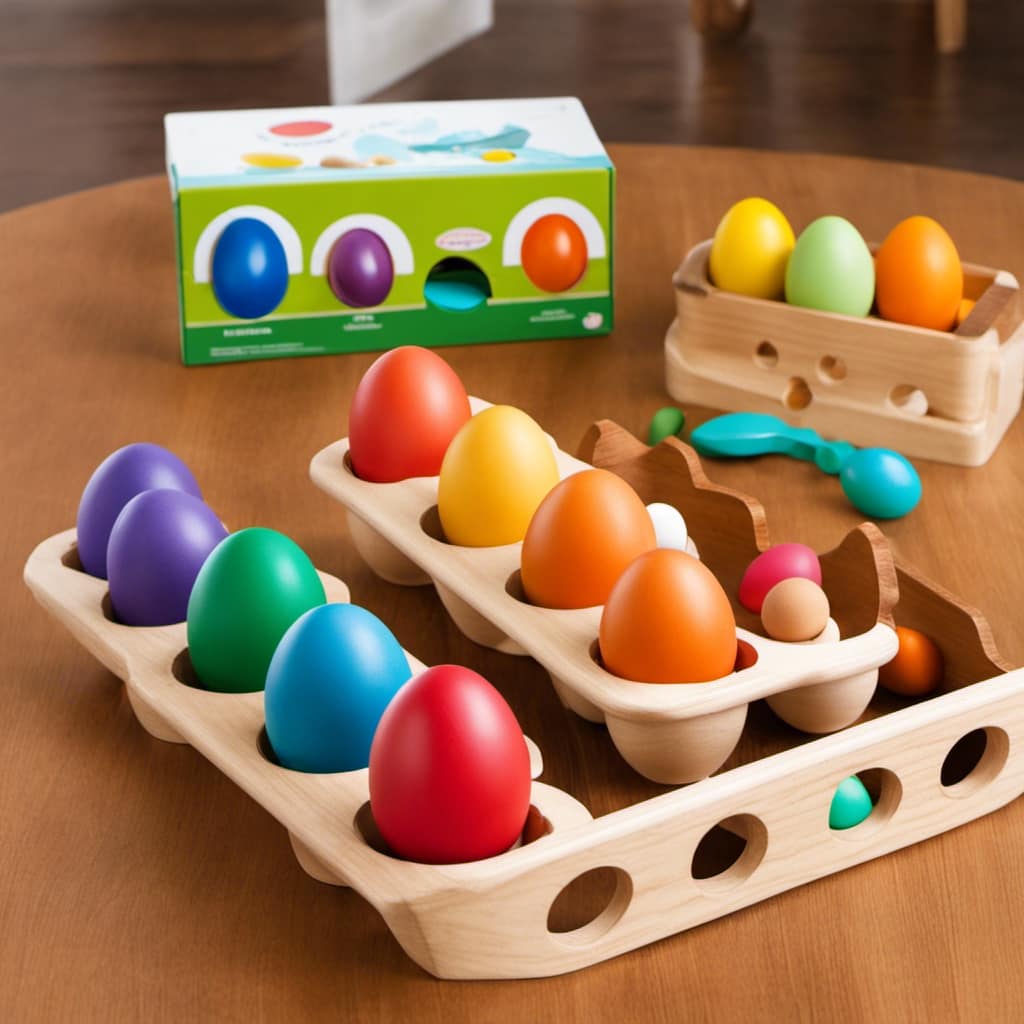
Using a Vinegar Solution
To continue our discussion on sanitizing educational playthings, let’s explore the effectiveness of using a vinegar solution. Vinegar has been used as a natural disinfectant for centuries due to its antimicrobial properties.
Here are the benefits of using a vinegar solution for sanitizing educational playthings:
-
Safe and non-toxic: Vinegar is a natural substance and doesn’t leave behind harmful residues, making it safe for children to play with after cleaning.
-
Effective against germs: Vinegar’s acidic nature helps kill bacteria, viruses, and fungi, effectively disinfecting the playthings.
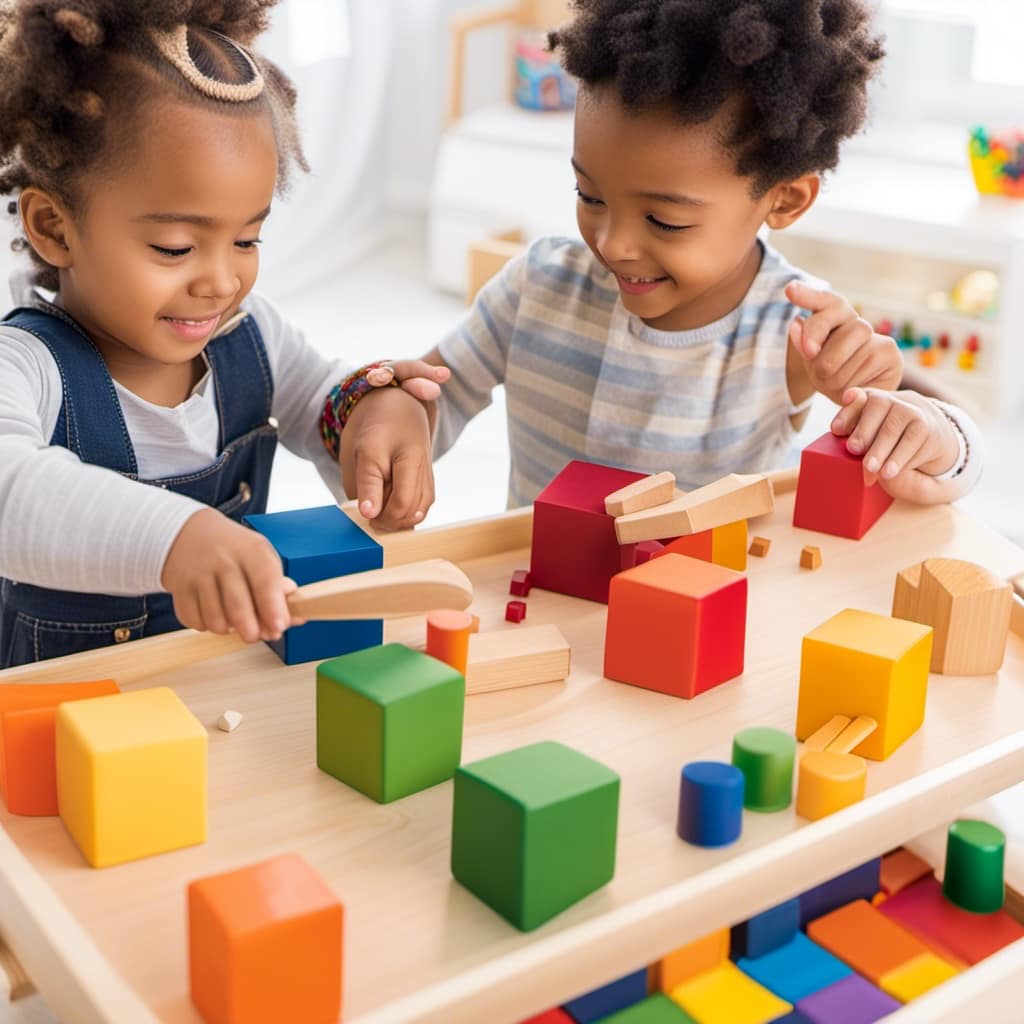
-
Affordable and easily accessible: Vinegar is a common household item that’s cost-effective and readily available in most supermarkets.
While vinegar solution benefits are evident, it’s important to note that there are also alternative disinfectants that can be effective in sanitizing educational playthings. It’s essential to choose a disinfectant that aligns with the specific needs and preferences of the users.
Disinfecting With Bleach
When it comes to sanitizing educational playthings, one technique that stands out is disinfecting with bleach. Bleach is highly effective in killing a wide range of germs and bacteria, making it an ideal choice for ensuring the cleanliness of toys.
However, it’s important to follow safety precautions when using bleach, such as wearing protective gloves and ensuring proper ventilation.
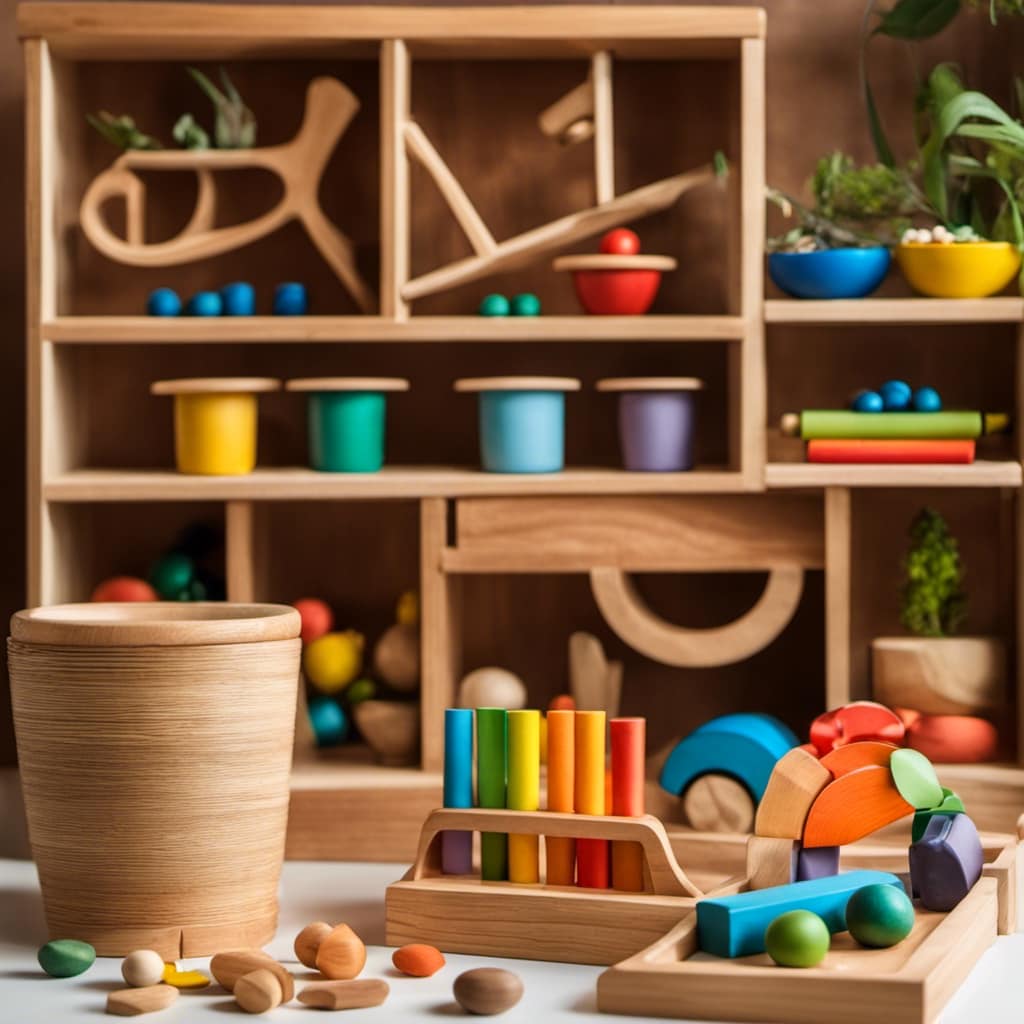
Additionally, for those who prefer alternative disinfectants, there are other options available that can effectively sanitize toys without the use of bleach.
Effectiveness of Bleach
Using bleach for disinfecting educational playthings has proven to be an effective and reliable method. When considering the effectiveness of bleach, it’s important to note its ability to kill a wide range of bacteria, viruses, and fungi.
Here are the pros and cons of using bleach:
-
Pros:
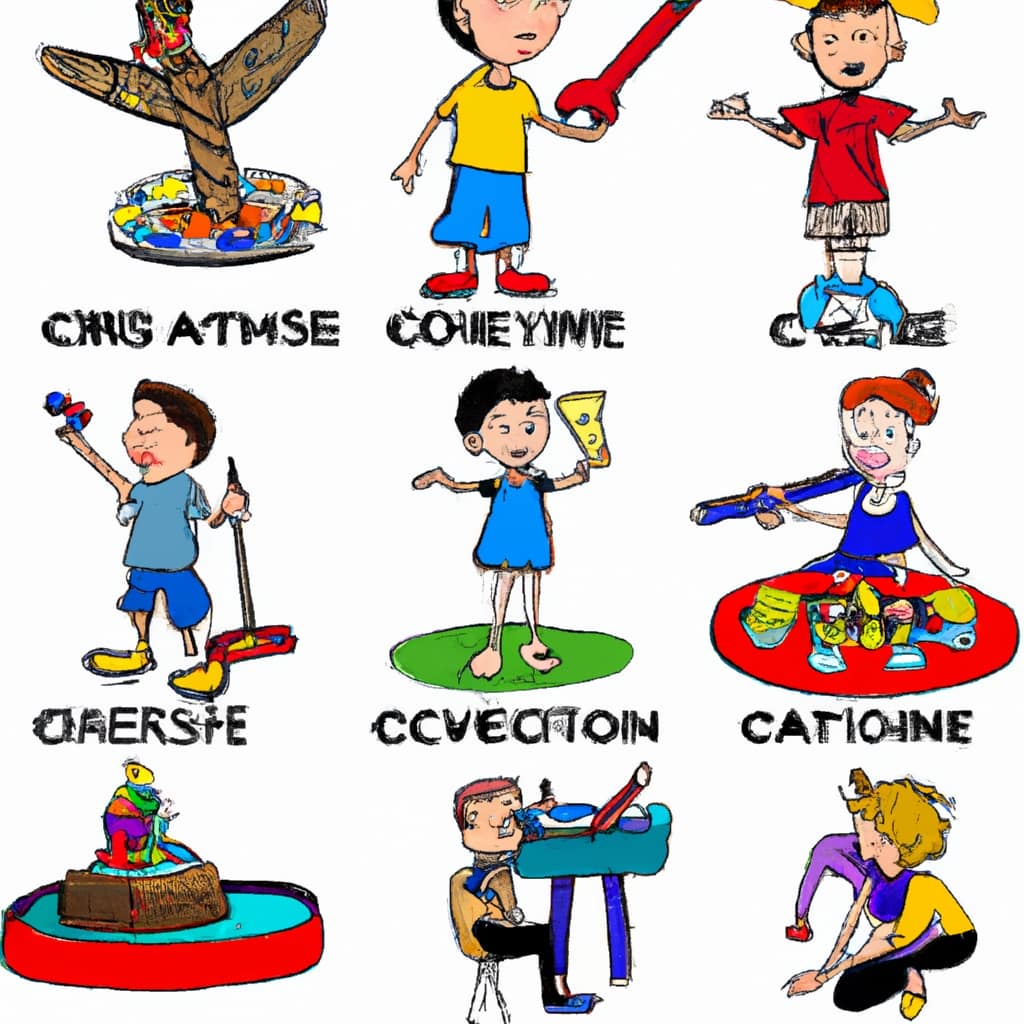
-
Strong disinfectant: Bleach is highly effective at killing germs, making it a powerful tool for sanitizing educational playthings.
-
Cost-effective: Bleach is readily available and affordable, making it a practical choice for many individuals and organizations.
-
Easy to use: Bleach can be easily diluted and applied to playthings, ensuring a thorough disinfection process.
-
Cons:
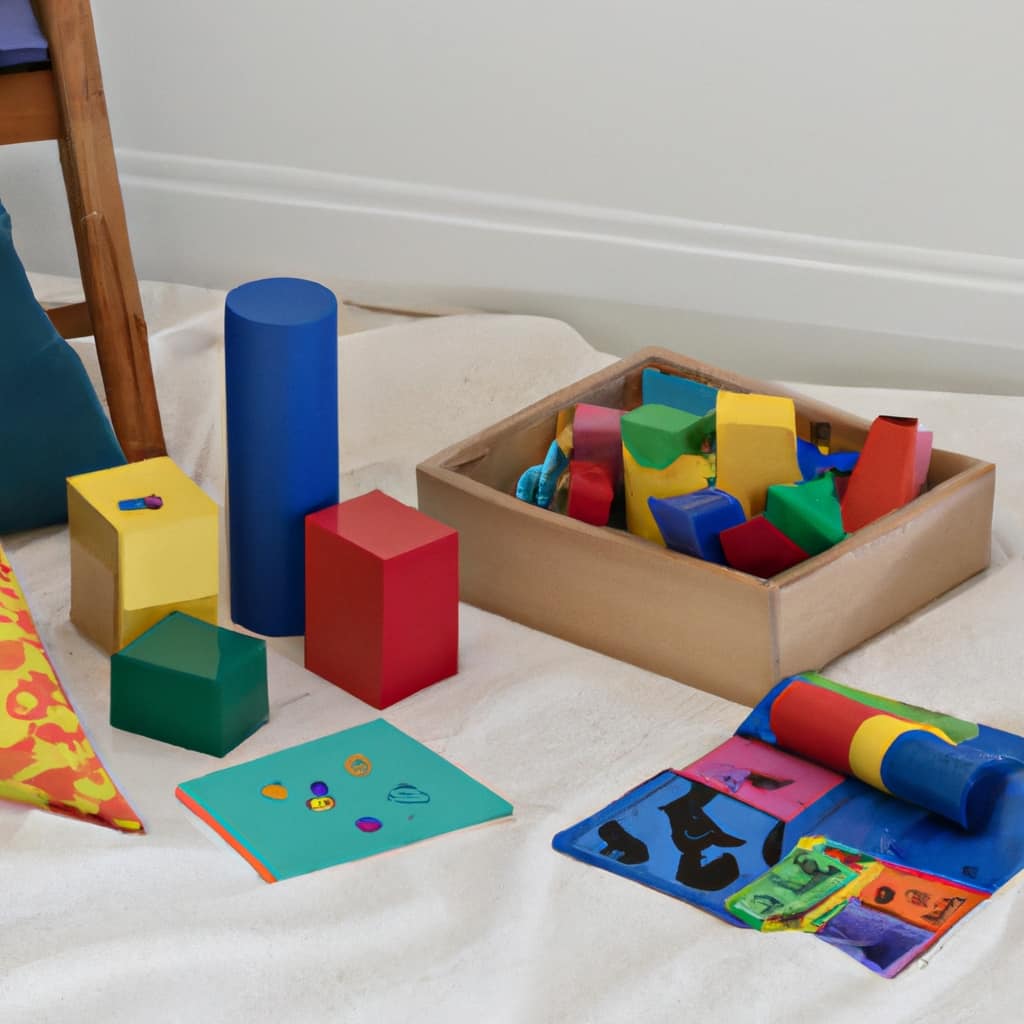
-
Harsh on materials: Bleach can cause discoloration, corrosion, or damage to certain materials, so it’s important to test compatibility before use.
-
Strong odor: Bleach has a distinct smell that some individuals may find unpleasant.
-
Safety precautions: Bleach should be handled with care, as it can irritate the skin, eyes, and respiratory system.
Safety Precautions When Disinfecting
We will now discuss the safety precautions involved in disinfecting educational playthings with bleach. When using bleach as a disinfectant, it’s crucial to prioritize safety to ensure the well-being of children.
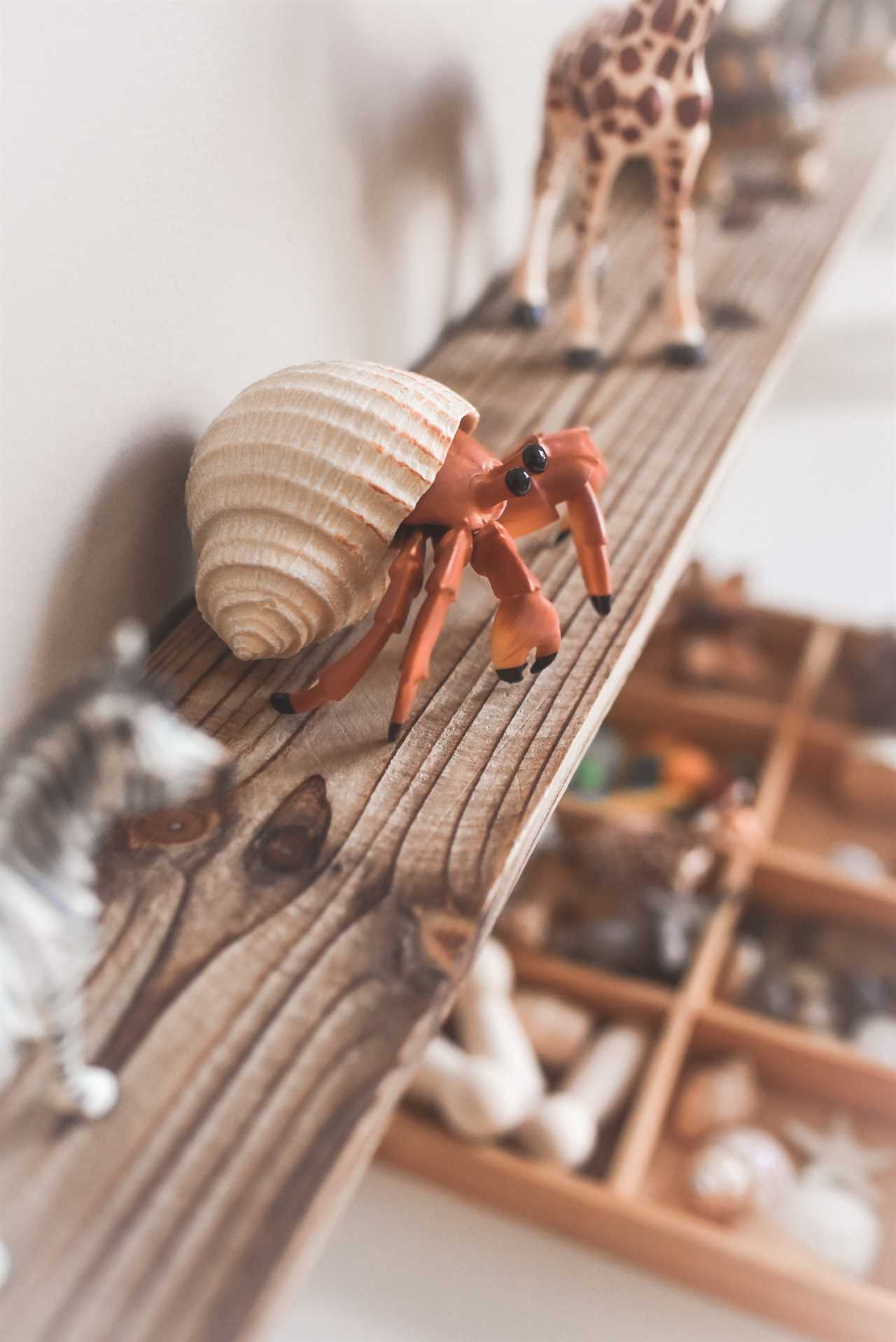
First and foremost, always wear protective gloves and goggles to shield yourself from any potential contact with the bleach solution. Additionally, make sure to dilute the bleach properly by following the manufacturer’s instructions. It’s essential to use an adequate amount of water when mixing the bleach solution, as using too little water can result in a highly concentrated and potentially harmful mixture.
After disinfecting the toys with bleach, rinse them thoroughly with water to remove any residual bleach. It’s also important to store bleach and disinfectant solutions in a safe place, out of reach of children.
By following these safety precautions, we can effectively sanitize educational playthings and ensure the safety of children.
In the next section, we’ll explore alternative disinfectants for toys.

Alternative Disinfectants for Toys
To continue the discussion from the previous subtopic, let’s delve into the use of bleach as a disinfectant for toys and explore alternative options.
While bleach is commonly used for its powerful disinfecting properties, it may not be suitable for all toys, especially those made of delicate materials or those that may be harmful to children if not properly rinsed. Thankfully, there are alternative methods and natural solutions available that can effectively sanitize toys without the potential risks associated with bleach.
Consider the following options:
-
Vinegar: A mixture of vinegar and water can be used to disinfect toys. Vinegar is a natural disinfectant and can kill many common household germs.
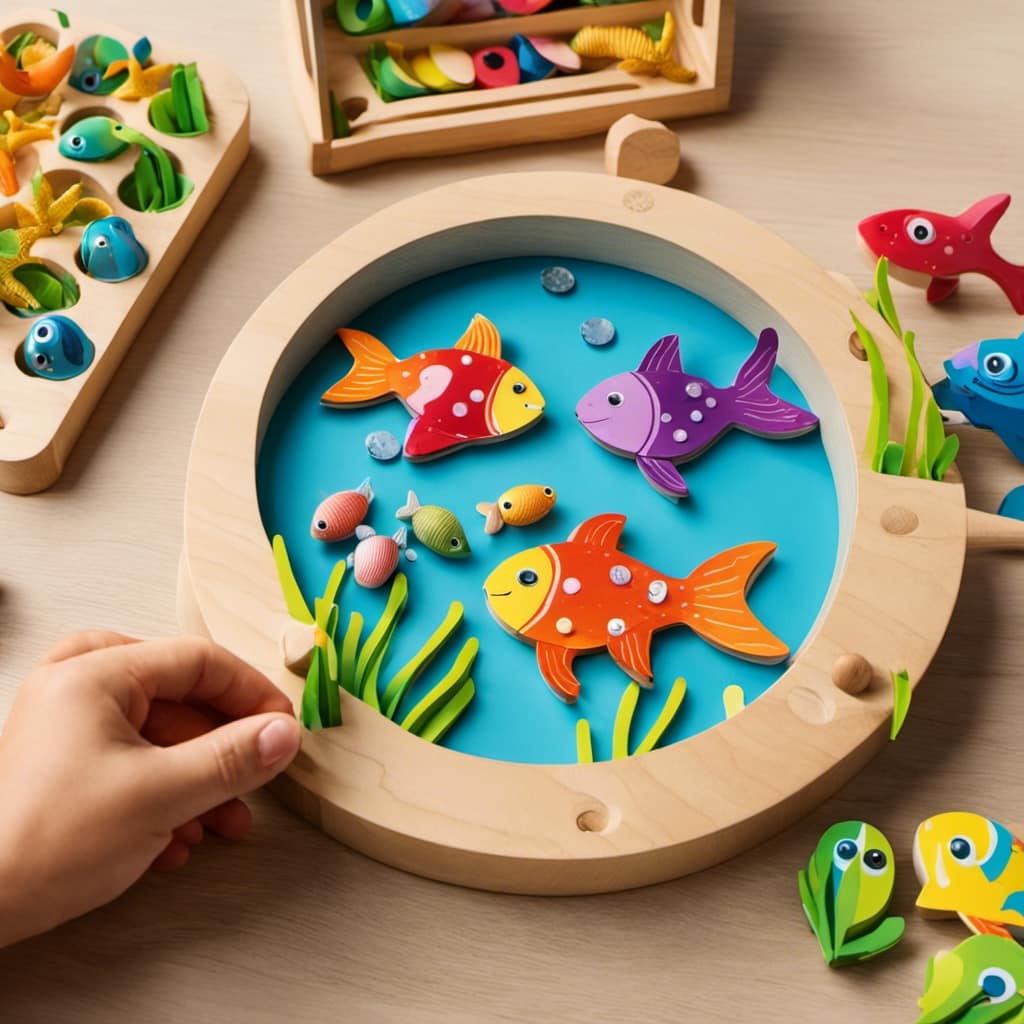
-
Hydrogen Peroxide: Diluted hydrogen peroxide can be used as a disinfectant for toys. It’s effective against a wide range of bacteria and viruses.
-
Essential Oils: Certain essential oils, such as tea tree oil or lavender oil, have antimicrobial properties and can be added to water for toy sanitization.
By exploring these alternative methods, you can find natural solutions that are safe, effective, and suitable for a variety of toys.
Now, let’s move on to the next method of toy sanitization: steam cleaning.
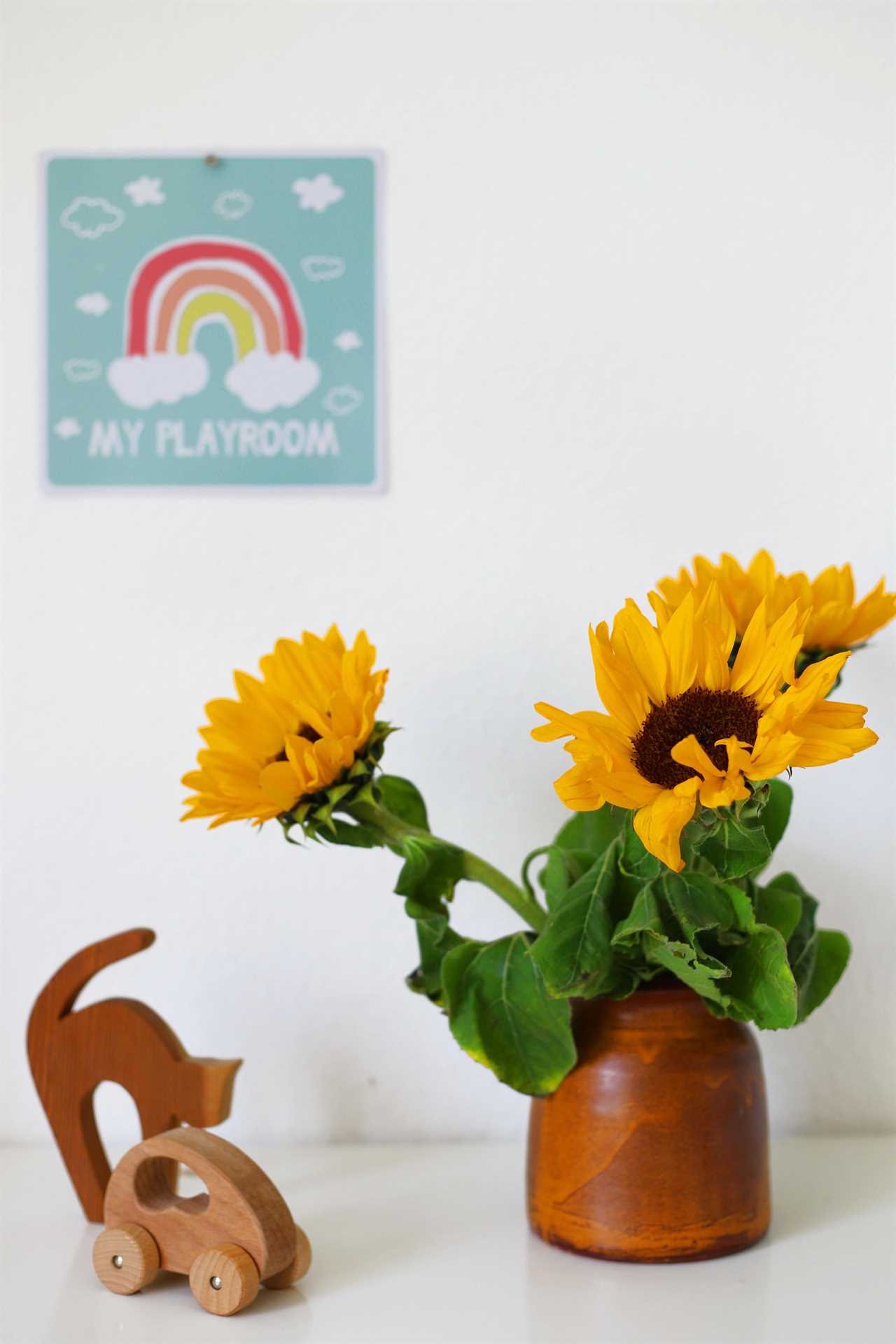
Steam Cleaning
When it comes to sanitizing educational playthings, steam cleaning is a highly effective technique that offers numerous benefits.
Steam cleaning uses high-temperature steam to kill bacteria, viruses, and other germs on the surface of toys, making it a safe and efficient method of sanitization.
Additionally, steam cleaning is versatile and can be used on a wide range of materials, including plastic, fabric, and wood, making it suitable for various types of educational playthings.
Benefits of Steam Cleaning
Steam cleaning offers numerous benefits for sanitizing educational playthings. It’s a safe and effective method that can help ensure the toys are free from harmful germs and bacteria. Here are some key advantages of steam cleaning:
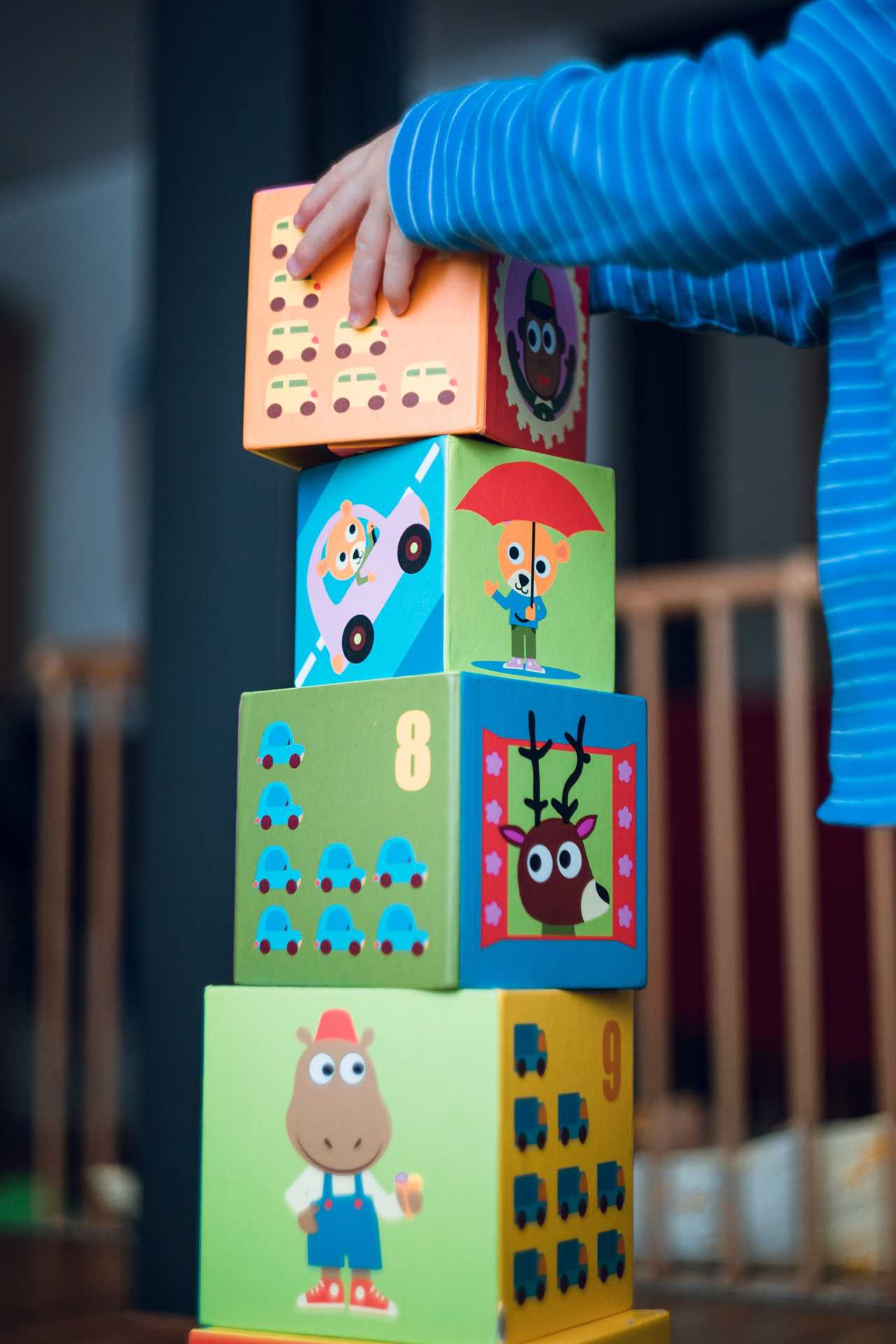
-
Deep cleaning: Steam cleaning can penetrate the surfaces of toys, reaching areas that are difficult to clean with traditional methods. This helps to remove dirt, grime, and bacteria from every nook and cranny of the playthings.
-
Chemical-free: Unlike some other cleaning methods, steam cleaning doesn’t require the use of harsh chemicals. This makes it a safer option, especially for children who may come into contact with the toys.
-
Allergen reduction: Steam cleaning can effectively kill allergens such as dust mites, pet dander, and mold spores that may be present on educational playthings, creating a healthier environment for children.
Safe and Effective
Continuing from the benefits of steam cleaning, our preferred method for sanitizing educational playthings is safe and effective. Steam cleaning offers several advantages over other cleaning solutions, such as vinegar or alcohol.
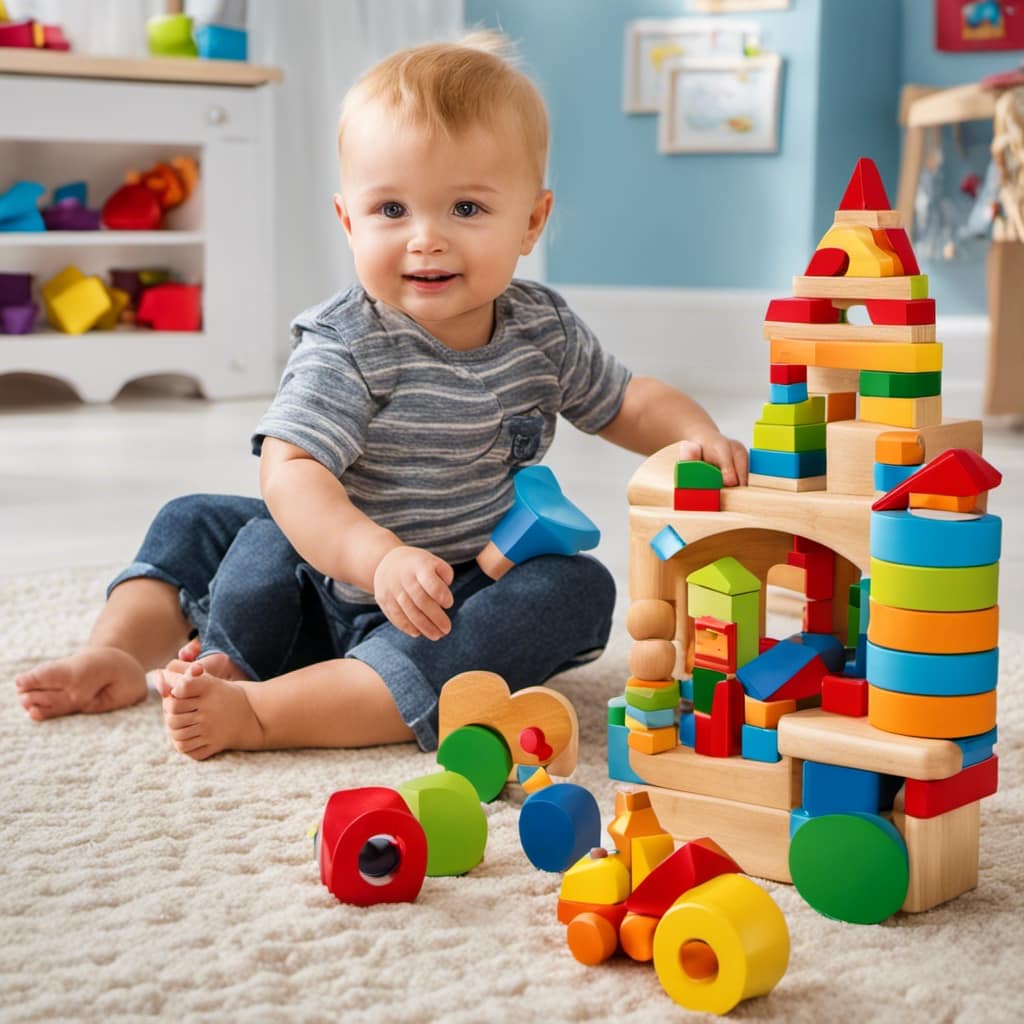
To better understand the differences, let’s compare steam cleaning to a vinegar solution and alcohol to bleach:
| Cleaning Method | Effectiveness | Safety |
|---|---|---|
| Steam Cleaning | High | Very Safe |
| Vinegar Solution | Moderate | Safe |
| Alcohol | Moderate | Moderate |
| Bleach | High | Less Safe |
Steam cleaning proves to be highly effective in killing germs and bacteria on playthings. It is also very safe, as it does not involve any harsh chemicals that might be harmful to children. On the other hand, while vinegar solutions and alcohol can be moderately effective, they may not provide the same level of sanitization as steam cleaning. Additionally, some children may have sensitivities to the strong odor of vinegar or alcohol. Bleach, although highly effective, poses a greater risk to the safety of children due to its toxic nature.
Sanitizing With Alcohol
One of the most effective techniques for sanitizing educational playthings is using alcohol. Alcohol, such as isopropyl alcohol or rubbing alcohol, is known for its ability to kill germs and bacteria effectively. Here are some key ways to sanitize with alcohol:
-
Sanitizing with vodka: Vodka can be used as an alternative to rubbing alcohol. Its high alcohol content makes it an effective disinfectant for playthings.
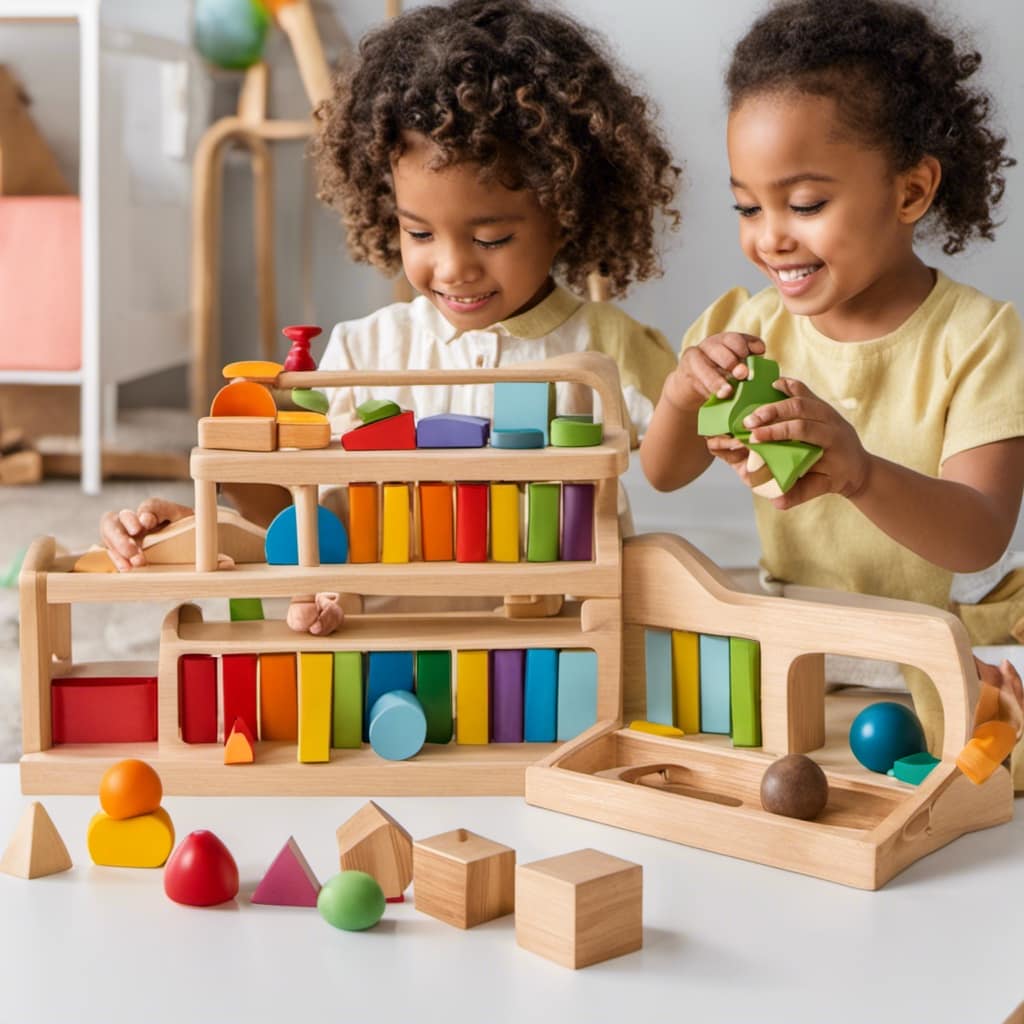
-
Using essential oils: Adding a few drops of essential oils, like tea tree oil or lavender oil, to alcohol can enhance its antimicrobial properties while leaving a pleasant scent on the toys.
-
Spray or wipe down: Apply the alcohol solution onto a clean cloth or use a spray bottle to evenly distribute it on the playthings. Ensure all surfaces are thoroughly covered.
Using alcohol to sanitize educational playthings is a convenient and cost-effective method. However, it’s important to note that alcohol may not be suitable for all types of materials, so always check the manufacturer’s guidelines.
Now, let’s explore another technique for sanitizing playthings: UV sterilization.
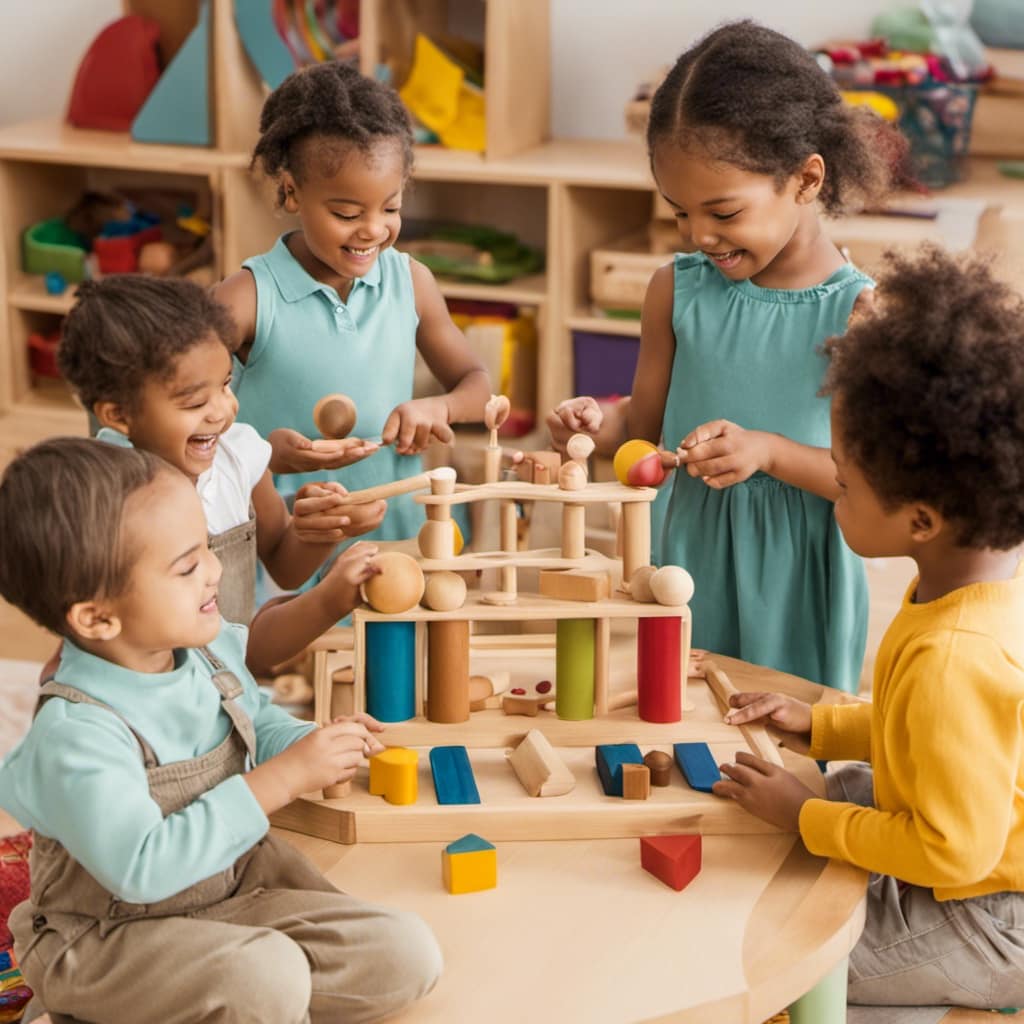
UV Sterilization
We have found that a highly effective technique for sanitizing educational playthings is using UV sterilization. UV sterilization involves using ultraviolet light to kill germs and bacteria on the surface of toys. This method is particularly useful for objects that are difficult to clean with traditional methods, such as plush toys or toys with intricate designs.
UV sterilization is a safe and chemical-free alternative to disinfectants, making it ideal for families who prefer natural cleaning methods. It works by damaging the DNA of microorganisms, preventing them from reproducing and causing illness. However, it’s important to note that UV sterilization may not be suitable for all types of toys or materials.
In the next section, we’ll discuss another effective technique for sanitizing educational playthings: boiling to kill germs.
Boiling to Kill Germs
Boiling is an effective method for killing germs on educational playthings. The water temperature should be maintained at a rolling boil, around 212°F (100°C), to ensure thorough sanitization.
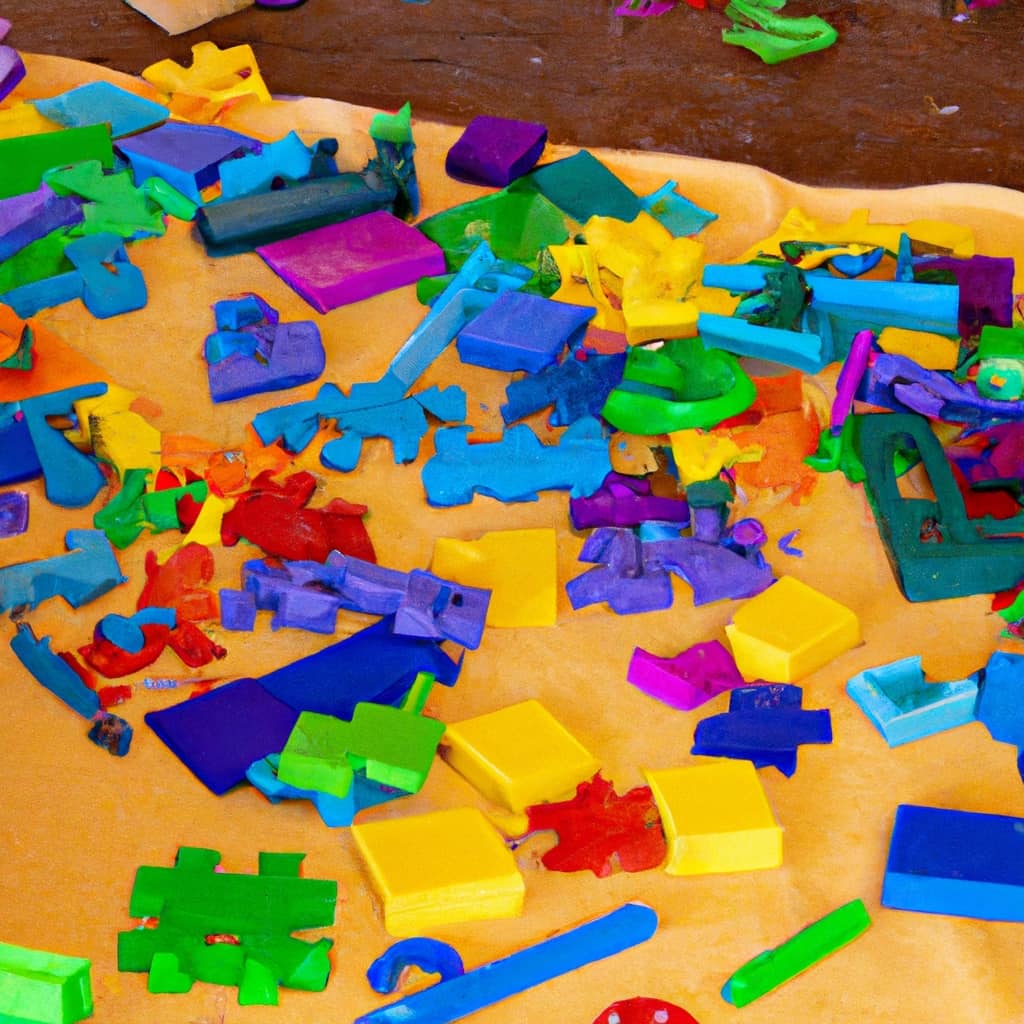
Depending on the size and material of the playthings, boiling them for at least 5-10 minutes should be sufficient to eliminate any harmful bacteria or viruses.
Water Temperature for Boiling
To effectively kill germs, it’s essential to boil educational playthings at the appropriate water temperature. Boiling toys in hot water offers several benefits in terms of sanitization. Here are some key points to consider:
-
Water temperature: It’s recommended to bring the water to a rolling boil, which typically reaches a temperature of 212°F (100°C). This high temperature ensures that the germs on the toys are effectively killed.
-
Germ eradication: Boiling toys in hot water helps to eliminate a wide range of bacteria, viruses, and fungi that may be present on the surface. This method is particularly effective for removing stubborn germs that may not be eliminated by other sanitization techniques.
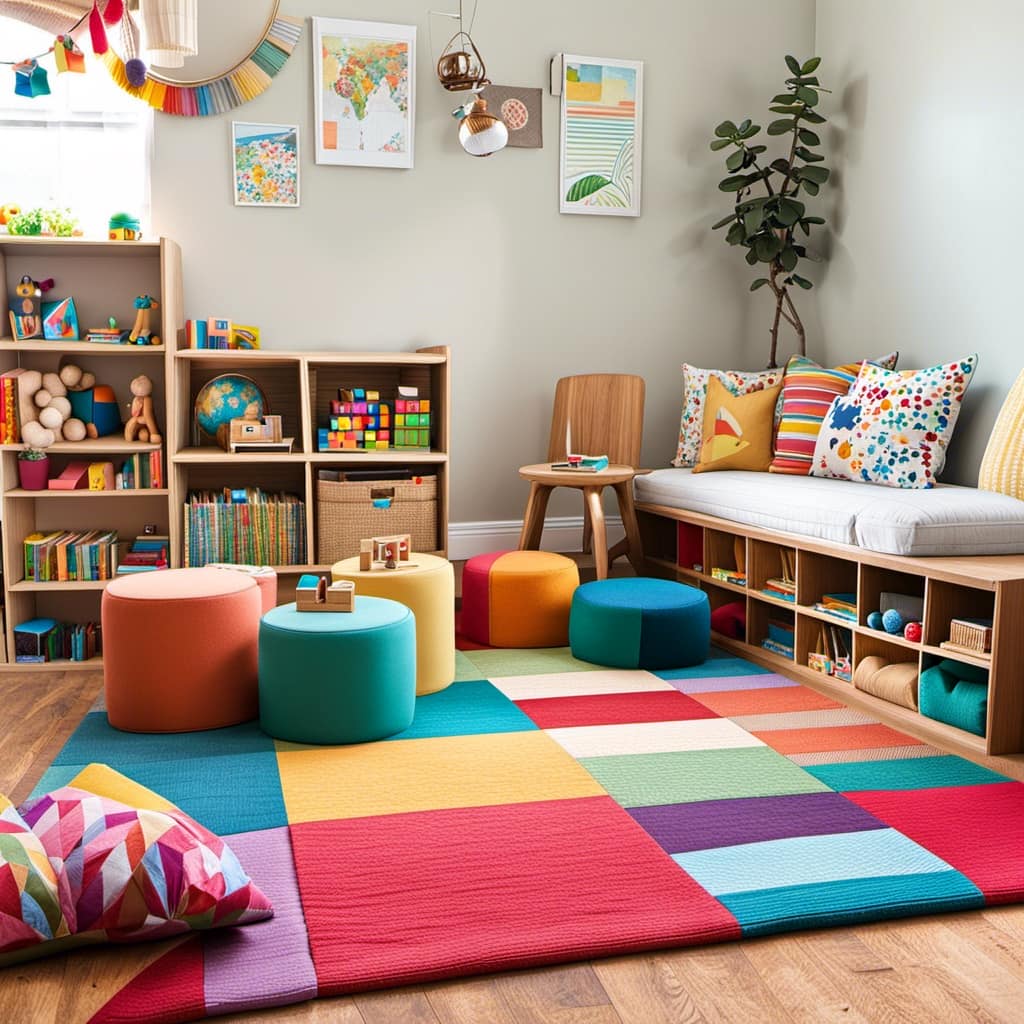
-
Ease of use: Boiling toys requires minimal effort and equipment. All you need is a pot, water, and a heat source. It’s a convenient and cost-effective way to sanitize educational playthings.
By boiling toys at the appropriate water temperature, you can ensure thorough germ eradication and maintain a clean and safe environment for children.
Now let’s move on to discussing the time required for sanitizing.
Time Required for Sanitizing
After boiling educational playthings at the appropriate water temperature, the next important aspect to consider is the duration required for sanitization.
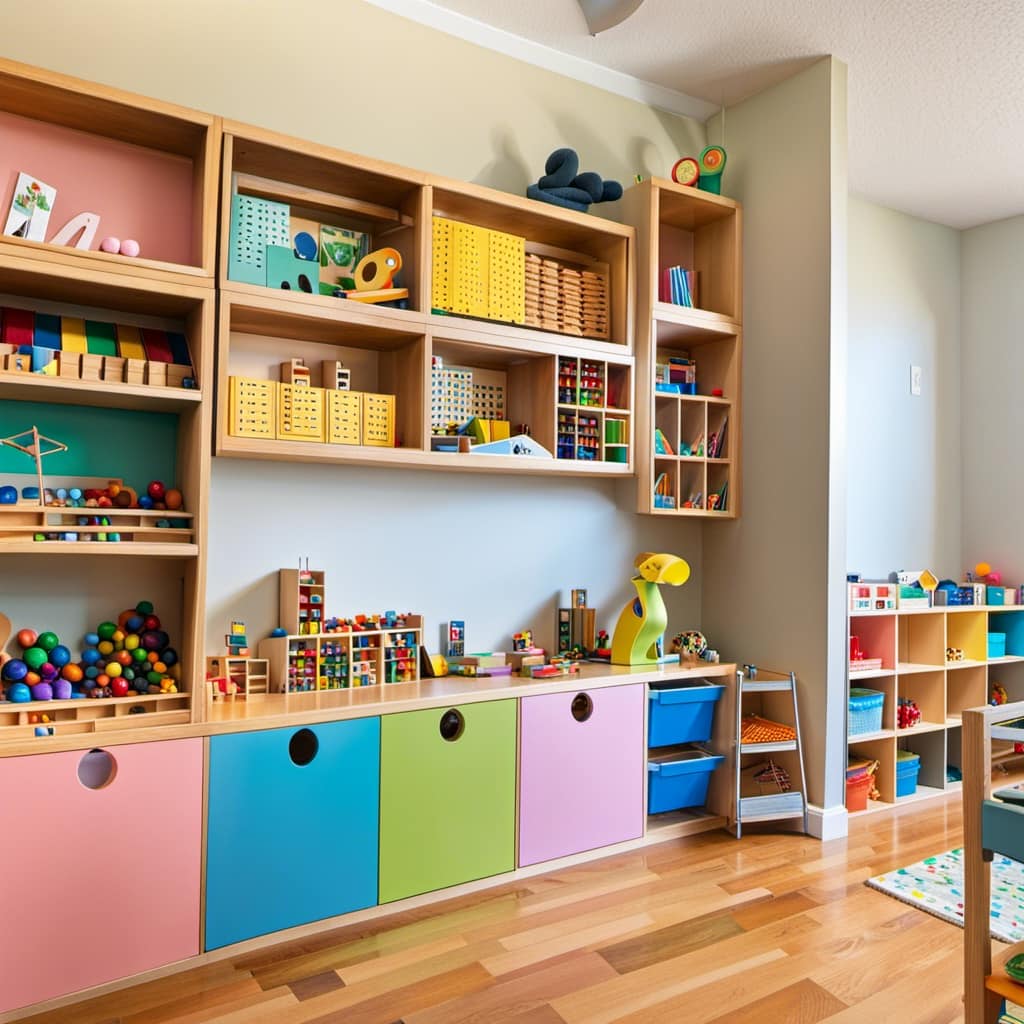
In order to efficiently sanitize the toys and kill germs effectively, it’s essential to understand the optimal time required for boiling. While the exact duration may vary depending on the specific toy and the materials it’s made of, a general guideline is to boil the toys for at least 5-10 minutes. This time frame ensures that the water reaches a sufficiently high temperature to kill most types of germs.
However, it’s important to note that certain toys may require longer boiling times, especially if they’re larger or have intricate designs. To save time and increase efficiency, it’s recommended to sanitize multiple toys at once, as long as they can fit comfortably in the pot. This time-saving technique allows for a more streamlined sanitization process, especially when dealing with a large number of educational playthings.
Wiping With Disinfectant Wipes
We sanitize educational playthings by wiping them with disinfectant wipes. This method is effective in removing germs and ensuring a clean and safe environment for children.
Here are three important considerations when using disinfectant wipes for sanitizing:
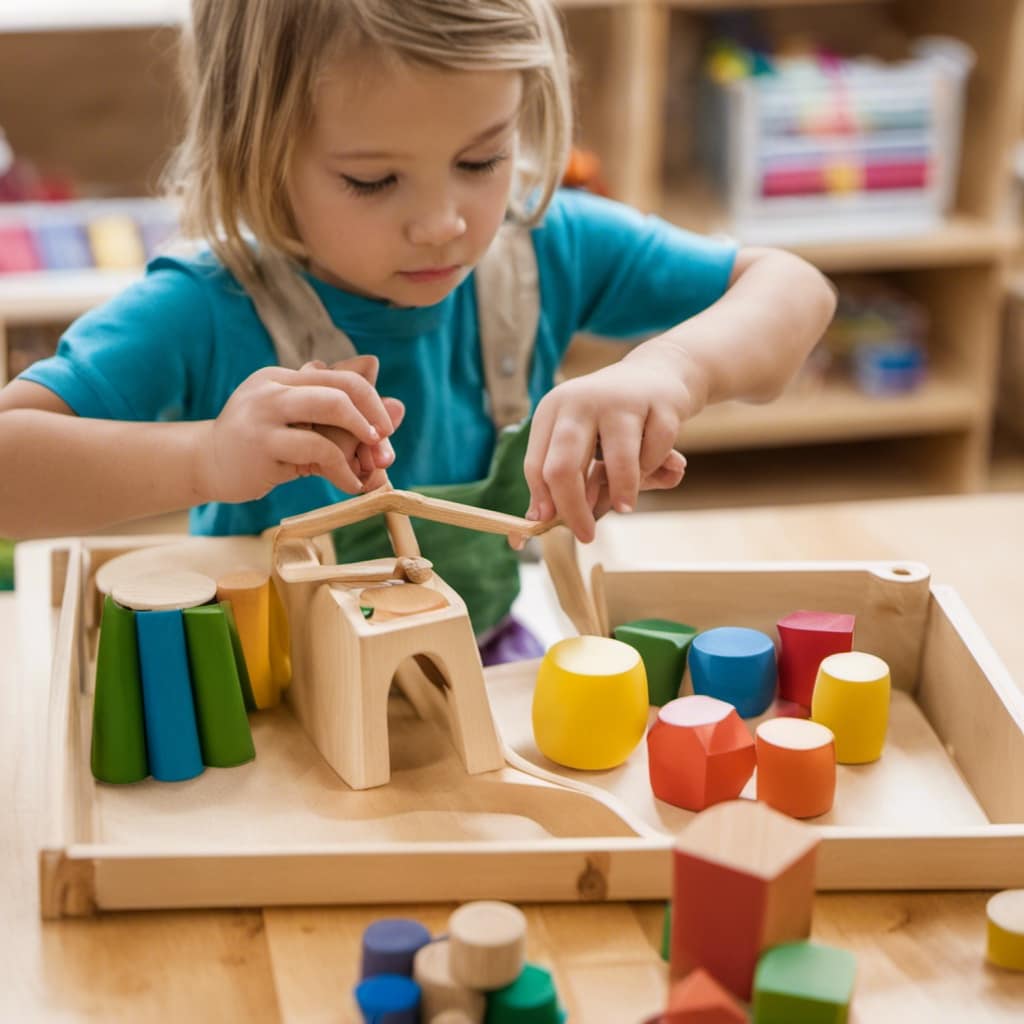
-
Choose the right wipes: Look for wipes that are specifically designed for use on toys and surfaces that children come into contact with. These wipes are formulated to be safe and effective for cleaning educational playthings.
-
Follow the instructions: Read and follow the instructions on the packaging of the disinfectant wipes. This will ensure that you’re using them correctly and maximizing their effectiveness.
-
Consider alternative options: In addition to disinfectant wipes, there are other options available for sanitizing educational playthings. For example, sanitizing with hydrogen peroxide can be an effective and eco-friendly alternative. Toy cleaning sprays are also available and can be used in conjunction with wipes for a more thorough clean.
Soaking in Hydrogen Peroxide
Moving on to the next technique, let’s explore how we can effectively sanitize educational playthings by soaking them in hydrogen peroxide.
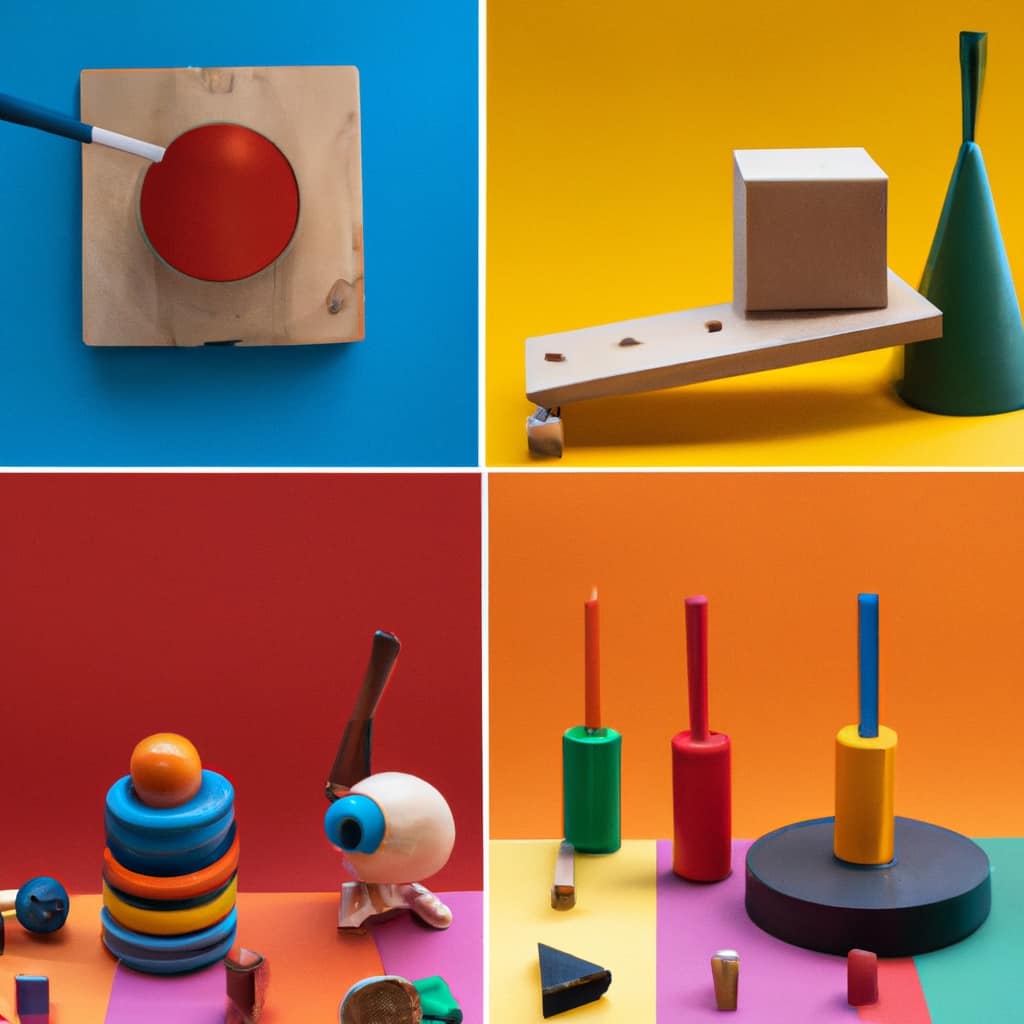
Soaking in hydrogen peroxide is a highly effective method for killing bacteria and viruses on surfaces. To sanitize educational playthings using this technique, first, prepare a solution by mixing equal parts of hydrogen peroxide and water.
Submerge the playthings in the solution for a sufficient duration, usually around 10-15 minutes. This allows the hydrogen peroxide to penetrate and eliminate any pathogens present. After the soaking period, rinse the playthings thoroughly with clean water to remove any residue.
It’s important to note that hydrogen peroxide can cause discoloration or damage to certain materials, so it’s advisable to test it on a small, inconspicuous area first.
For those seeking alternative solutions, consider using a gentle dish soap mixed with warm water as a safe and effective alternative for sanitizing educational playthings.
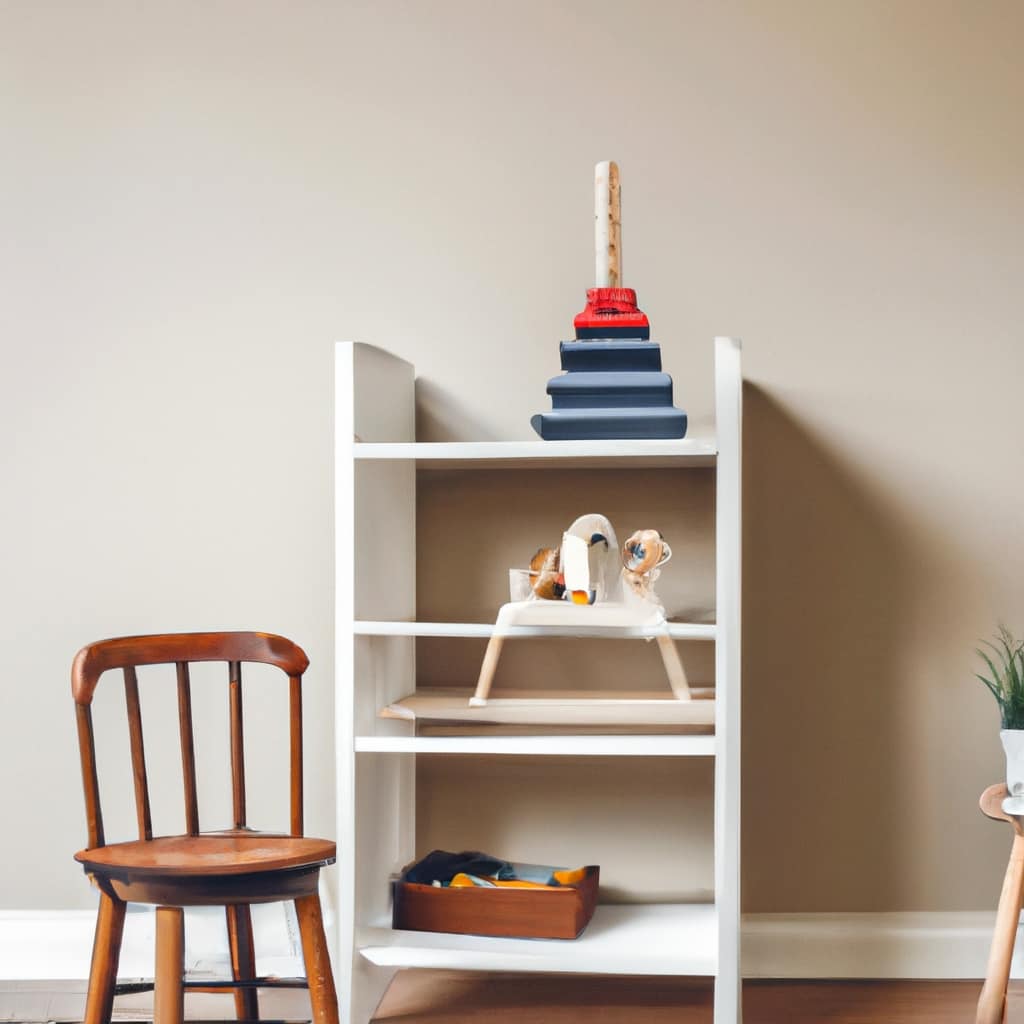
Cleaning in a Dishwasher
Continuing the discussion from the previous subtopic, let’s explore how we can effectively sanitize educational playthings by cleaning them in a dishwasher.
Cleaning in a dishwasher is a convenient and efficient way to eliminate germs and bacteria from toys, ensuring a safe and healthy environment for children. Here are some key points to consider when using this method:
-
Choose dishwasher-safe toys: Before placing any toys in the dishwasher, make sure they’re labeled as dishwasher-safe. This will prevent any damage to the toys during the cleaning process.
-
Use a gentle cycle: Select a gentle or delicate cycle on your dishwasher to ensure that the toys aren’t damaged by the high water pressure or heat.
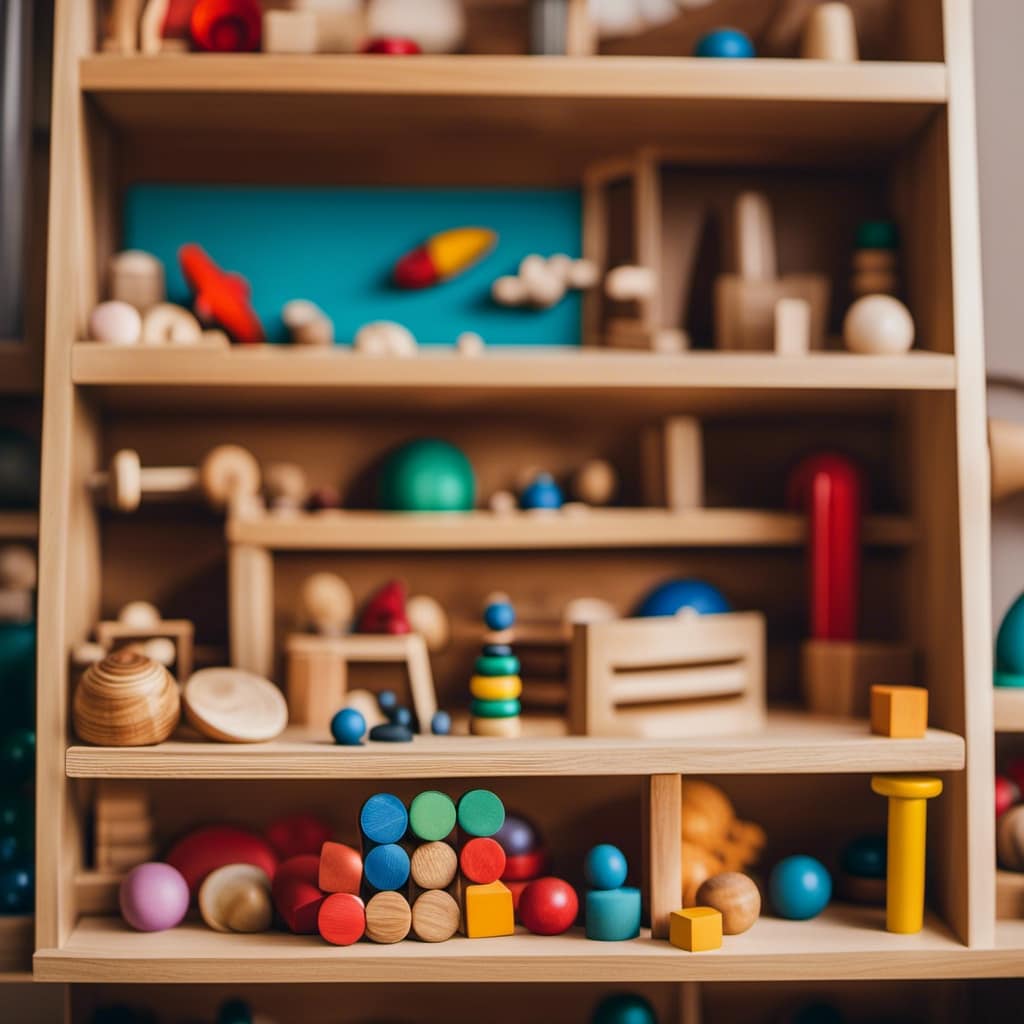
-
Utilize steam cleaning: Most dishwashers have a steam cleaning option, which can help to further sanitize the toys by using high temperatures to kill bacteria and germs.
Cleaning educational playthings in a dishwasher offers a hassle-free way to maintain cleanliness and hygiene.
Remember to always follow the manufacturer’s instructions and inspect the toys for any signs of damage before and after each cleaning cycle.
Frequently Asked Questions
Can I Use Dish Soap Instead of Regular Soap for Washing Educational Playthings?
Yes, we can use dish soap instead of regular soap for washing educational playthings. While dish soap may effectively remove dirt and grime, it may not have the same germ-killing properties as regular soap.
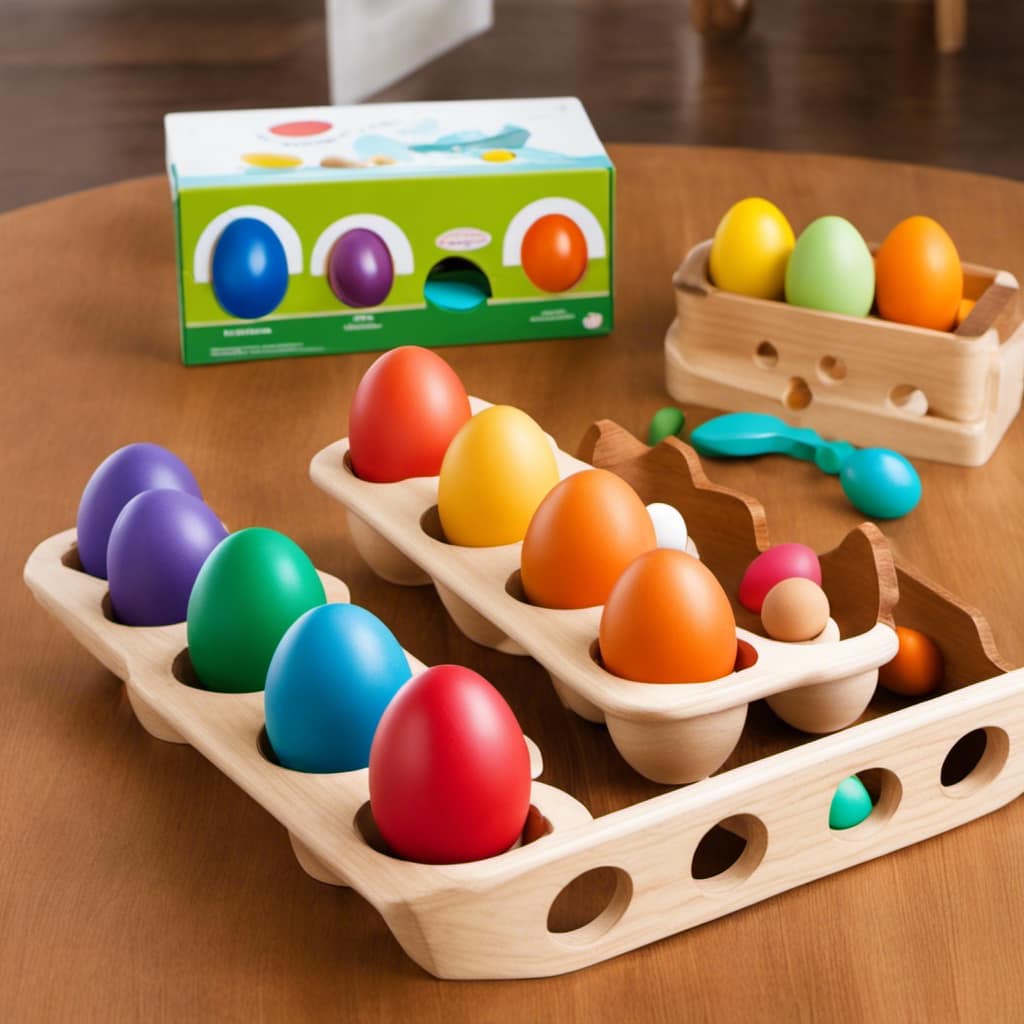
Is It Safe to Use Bleach on All Types of Playthings, Including Those Made of Fabric or Soft Materials?
Bleach is effective for most playthings, but not recommended for fabric or soft materials. Instead, try vinegar, which can sanitize and is safe for all types. Sunlight exposure also aids in sanitization.
Can I Use Rubbing Alcohol Instead of Sanitizing Alcohol for Cleaning Educational Playthings?
Using rubbing alcohol as an alternative to sanitizing alcohol for cleaning educational playthings may be effective. However, it is important to consider the material of the plaything and follow the manufacturer’s guidelines for safe cleaning.
Will Steam Cleaning Damage or Warp Certain Types of Playthings, Such as Wooden Toys?
Steam cleaning is generally safe for most playthings, but it may damage or warp certain types, like wooden toys. If you’re concerned, consider alternative cleaning methods, such as wiping with a mild soap solution.
Is It Necessary to Soak Playthings in Hydrogen Peroxide for a Specific Amount of Time, or Is a Quick Rinse Sufficient for Sanitizing?
Yes, soaking playthings in hydrogen peroxide for a specific amount of time is necessary for effective sanitizing. A quick rinse may not be sufficient. Additionally, vinegar can effectively sanitize educational playthings, and UV sanitizing methods are also effective for cleaning playthings.

Conclusion
In conclusion, these top 10 techniques for sanitizing educational playthings provide effective ways to ensure the cleanliness and safety of these essential learning tools.
By following these research-driven methods, such as washing with soap and water, disinfecting with bleach, and steam cleaning, parents and educators can maintain a hygienic environment for children to play and learn.
It’s crucial to prioritize the health and well-being of children by regularly sanitizing their educational playthings.
Mila, a gifted writer with a heart brimming with enthusiasm for child development and playful learning, is the creative force behind the enchanting narratives and insightful articles that grace Toddler Ride On Toys. With a background in early childhood education and a genuine passion for nurturing young minds, Mila weaves words that captivate, educate, and inspire parents, caregivers, and educators.
Montessori Toys
3 Best Safe Non-Toxic Materials for Children’s Toys

Our research has identified the top three materials for children’s toys that are safe and free from toxins.
Wood, organic cotton, and BPA-free plastic are the best choices for parents who want to ensure the safety of their little ones.
These materials are not only free from harmful chemicals, but they are also durable and eco-friendly.
In this article, we will delve into the benefits of each material and provide recommendations for the best toys made from them.
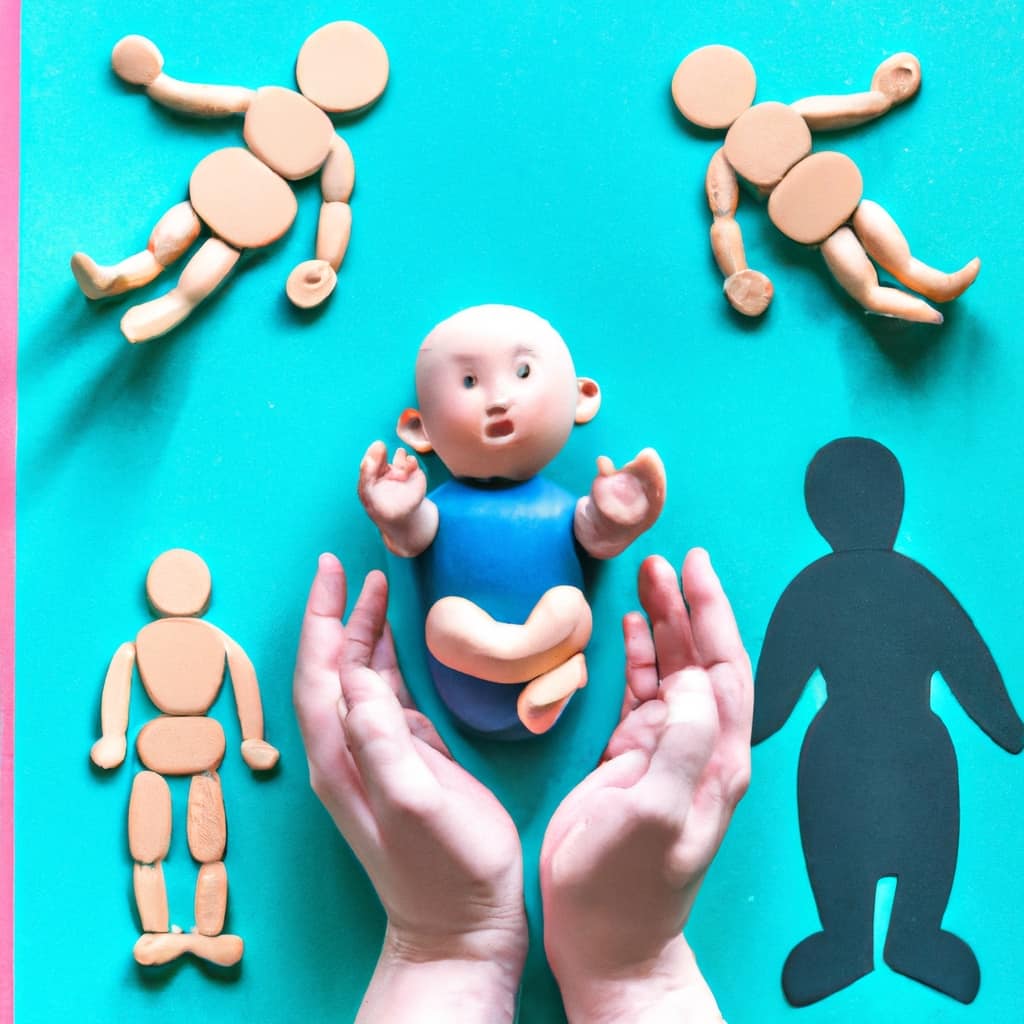
Key Takeaways
- Wood is a durable and long-lasting material, making it a safe and non-toxic option for children’s toys.
- Organic cotton is a gentle and hypoallergenic material that promotes a healthier environment and supports fair trade practices.
- BPA-free plastic eliminates the risk of exposure to harmful chemicals and provides peace of mind for parents.
- Toys made from wood and organic cotton have a long lifespan and can be passed down to future generations, making them a sustainable and eco-friendly choice.
Wood
Wood is one of our favorite materials for children’s toys due to its durability and natural beauty. Wooden puzzles and wooden building blocks are classic toys that provide endless hours of entertainment and educational value for children.
Wooden puzzles aren’t only fun to play with, but they also help develop problem-solving and fine motor skills. They come in various shapes and sizes, catering to different age groups.
Wooden building blocks, on the other hand, encourage creativity and imagination. Children can build structures, towers, and even create their own mini worlds using these blocks.
Wood is a safe and non-toxic material, making it ideal for children’s toys. Its sturdy nature ensures that these toys can withstand rough play and last for years, making them a great investment for both parents and caregivers.
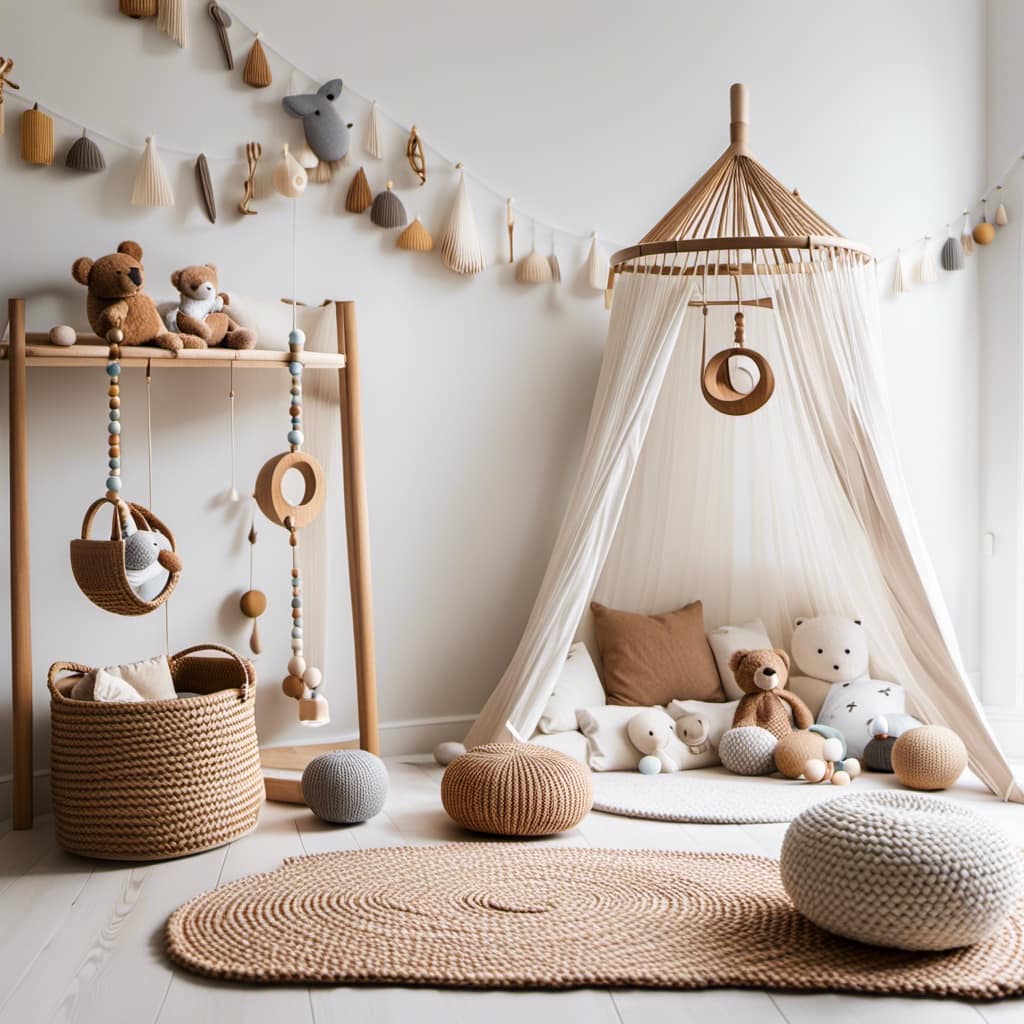
Organic Cotton
Moving on from wood, another excellent safe and non-toxic material for children’s toys is organic cotton. Organic cotton toys offer several benefits for both children and the environment. Here are some key points to consider:
- Chemical-free: Organic cotton is grown without the use of harmful pesticides or synthetic fertilizers, making it a safer option for children to play with.
- Hypoallergenic: Organic cotton is gentle on sensitive skin, making it suitable for children with allergies or sensitivities.
- Sustainable: Organic cotton farming practices promote soil health and biodiversity, reducing the overall impact on the environment.
The impact of organic cotton farming on the environment is significant. By avoiding the use of harmful chemicals, it helps preserve soil quality, reduces water pollution, and protects wildlife. Additionally, organic cotton production supports fair trade practices and ensures a safer working environment for farmers.
Choosing organic cotton toys not only promotes child safety but also contributes to a healthier planet for future generations.
BPA-Free Plastic
One option to consider for safe and non-toxic children’s toys is BPA-free plastic. BPA, or bisphenol A, is a chemical commonly found in plastic products that has been linked to various health risks, especially in children. BPA can leach out of plastic toys and enter the body when children put them in their mouths or handle them extensively.
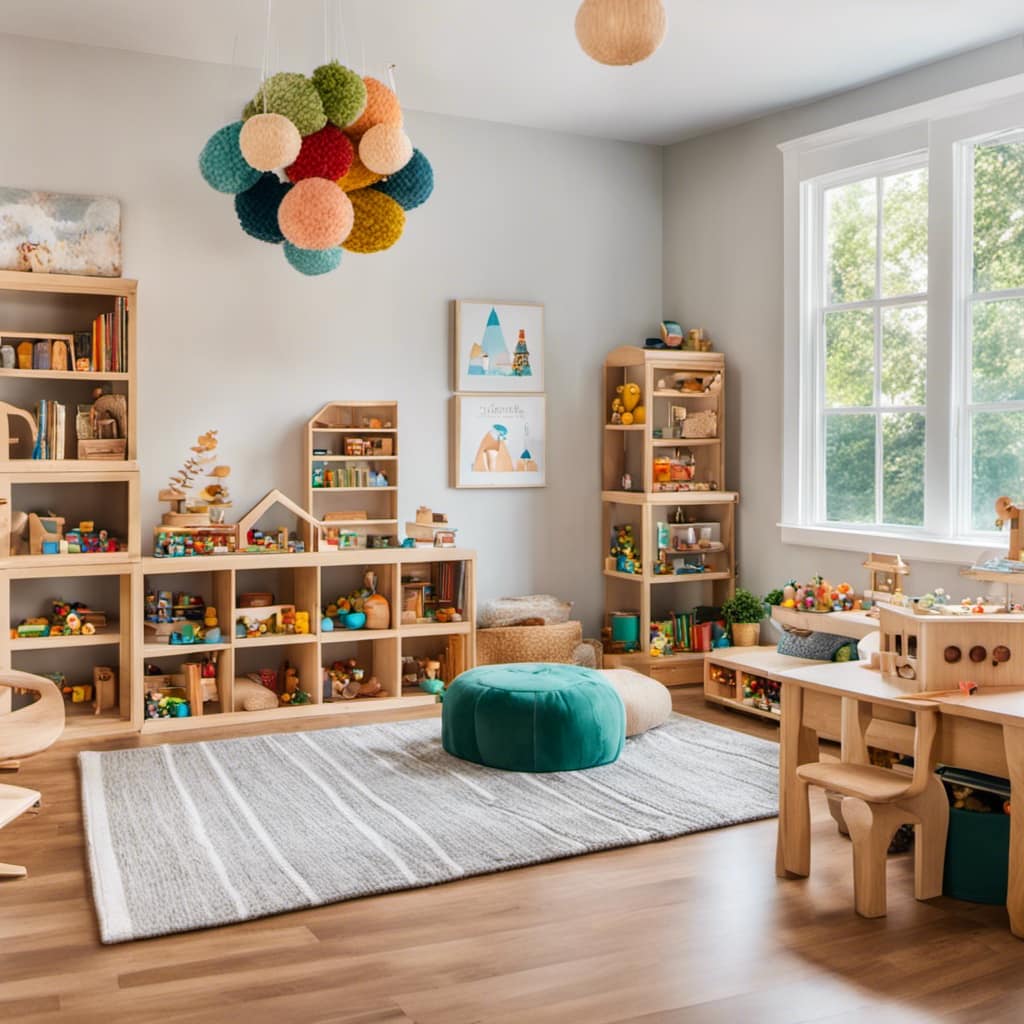
To address these concerns, manufacturers have started producing toys made from BPA-free plastic, which eliminates the risk of exposure to this harmful chemical. These eco-friendly alternatives provide parents with peace of mind, knowing that their children can play with toys that are safe and non-toxic.
When choosing children’s toys, it’s important to prioritize their health and well-being by opting for BPA-free plastic options.
Frequently Asked Questions
Are There Any Specific Safety Standards or Certifications That Parents Should Look for When Purchasing Wooden Toys for Their Children?
When purchasing wooden toys for our children, it’s important to look for safety standards and certifications. Reading labels helps ensure non-toxic materials. Be cautious of toxic finishes or paints that pose potential risks.
Is Organic Cotton Used as a Stuffing Material in Plush Toys Completely Free of Chemicals and Pesticides?
Organic cotton toys: Are they truly chemical free and safe? We’ve got the scoop. Choosing organic cotton for your little ones means you’re opting for a safer, non-toxic playtime experience.

Can Bpa-Free Plastic Toys Still Contain Other Potentially Harmful Chemicals?
Yes, BPA-free plastic toys may still contain other potentially harmful chemicals. To minimize concerns about chemical exposure, consider alternative materials for children’s toys, such as wooden or organic cotton options, which are eco-friendly.
How Can Parents Ensure That the Wooden Toys They Purchase Are Not Treated With Toxic Finishes or Paints?
Parents play a vital role in promoting safe play for their children. Understanding the importance of non-toxic toys is crucial. To ensure wooden toys are safe, research brands that prioritize natural, non-toxic finishes and paints.
Are There Any Potential Health Risks Associated With the Use of Organic Cotton Toys, Such as Allergies or Sensitivities?
There may be potential health risks associated with organic cotton toys, such as allergies or sensitivities. It’s important for parents to be aware and consider any potential reactions when choosing toys for their children.
Conclusion
In conclusion, when it comes to choosing safe and non-toxic materials for children’s toys, nothing beats the timeless charm of wood. Its durability and natural beauty make it a perfect choice for little ones.

Additionally, organic cotton provides a soft and chemical-free option for cuddly toys.
And let’s not forget about BPA-free plastic, which offers a safe and sturdy alternative for certain toys.
With these top three materials, you can ensure that your child’s toys are both fun and safe.
Mila, a gifted writer with a heart brimming with enthusiasm for child development and playful learning, is the creative force behind the enchanting narratives and insightful articles that grace Toddler Ride On Toys. With a background in early childhood education and a genuine passion for nurturing young minds, Mila weaves words that captivate, educate, and inspire parents, caregivers, and educators.
Montessori Toys
Top 5 Quality Producers of Learning Toys

We have searched the market to bring you the top educational toy manufacturers. These five companies excel in creating toys that are educational and engaging for children.
Melissa & Doug, PlanToys, Hape, Grimm’s, and Learning Resources have all earned their spots on our prestigious list. Get ready to discover the finest quality toys that will inspire learning and imagination in your little ones.
Let’s dive into the world of these outstanding producers and explore their exceptional creations.
Key Takeaways
- Melissa & Doug, PlanToys, Hape, Grimm’s, and Learning Resources are the top producers of learning toys.
- These brands prioritize sustainability, using organic materials, non-toxic dyes, and child-safe finishes.
- The learning toys offered by these brands stimulate cognitive, physical, and social skills, as well as creativity and problem-solving abilities.
- Incorporating learning resources in early childhood education enhances problem-solving skills, critical thinking abilities, effective communication, creativity, and independent exploration.
Melissa & Doug
The article discusses the quality of learning toys produced by Melissa & Doug. Melissa & Doug is a renowned brand that offers a wide range of learning toys for early childhood development. These toys provide numerous benefits for children’s learning and development.
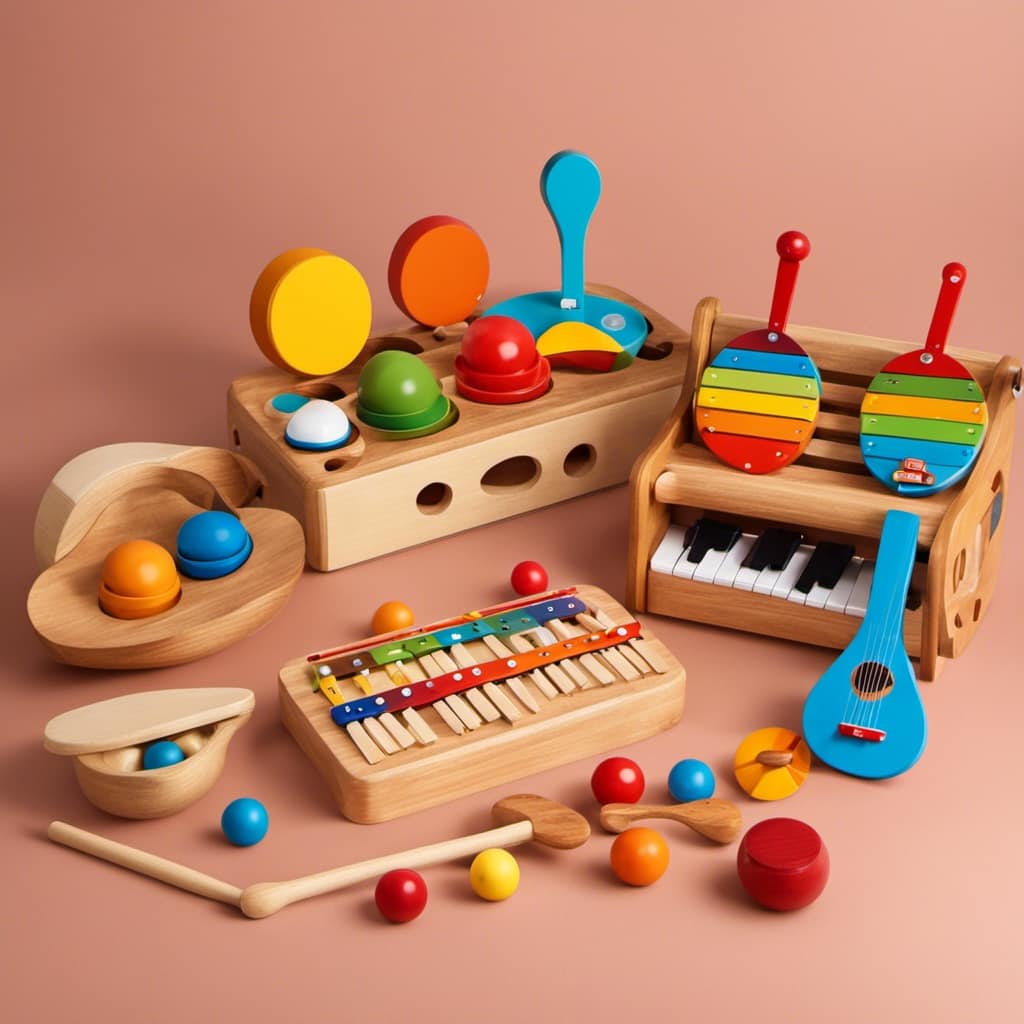
One of the key advantages of Melissa & Doug learning toys is their ability to promote imaginative play. Through imaginative play, children can explore their creativity, problem-solving skills, and social interactions. These toys encourage children to use their imagination, which is crucial for their cognitive and emotional growth.
Melissa & Doug toys are designed to engage children in hands-on activities, allowing them to learn through exploration and play. Transitioning into the subsequent section about plantoys, it’s important to consider the different approaches and features offered by various toy producers.
PlanToys
Introducing PlanToys, a leading producer of learning toys that prioritize sustainability and child development. PlanToys is known for their eco-friendly toys and sustainable play options, making them a top choice for environmentally conscious parents.
PlanToys takes pride in their commitment to using organic materials and non-toxic dyes in their products. They also prioritize sustainable manufacturing practices, ensuring that their toys are made in an environmentally friendly manner.
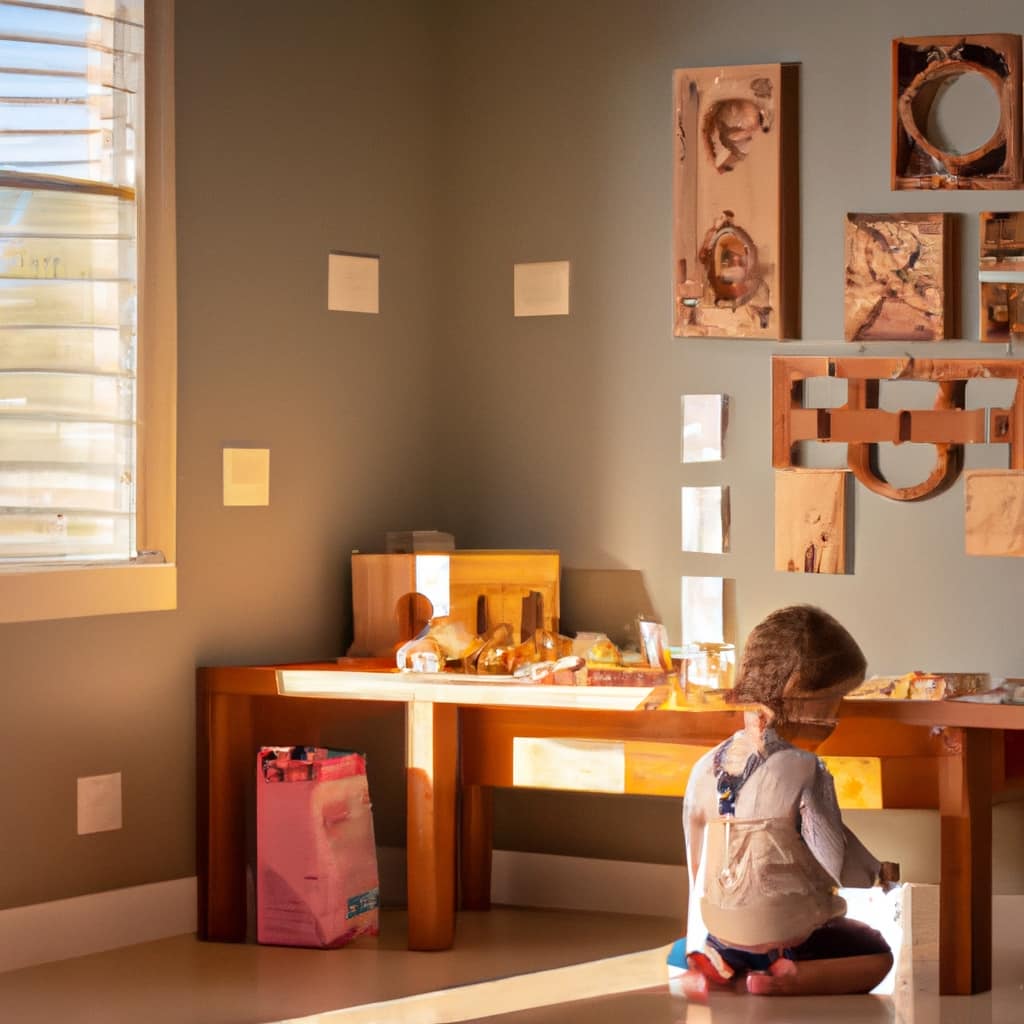
One of the key features of PlanToys is their focus on child development. Their toys are designed to stimulate different aspects of a child’s growth, including cognitive, physical, and social skills. From building blocks to puzzles, PlanToys offers a wide range of options that encourage creativity, problem-solving, and imagination.
With their dedication to sustainability and child development, PlanToys is a brand that not only provides high-quality learning toys, but also contributes to a better future for our planet.
Hape
Continuing our exploration of top quality producers of learning toys, let’s now turn our attention to Hape, a brand that shares a similar commitment to sustainability and child development.
Hape is known for their innovative learning toys that engage children in interactive play while promoting their cognitive, physical, and social development.
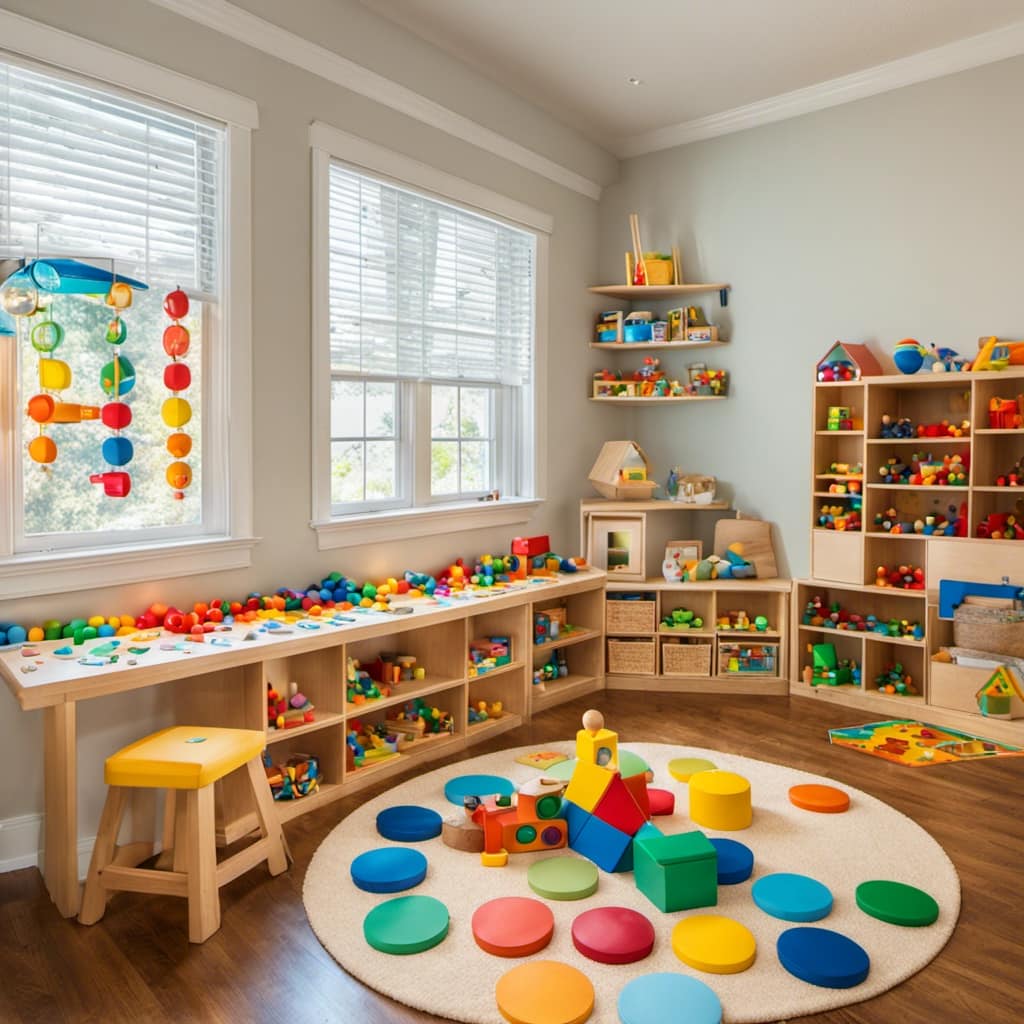
Hape offers a wide range of toys that cater to various age groups and developmental stages. From wooden puzzles and building blocks to musical instruments and pretend play sets, Hape toys provide endless opportunities for children to explore, learn, and grow.
What sets Hape apart is their dedication to using sustainable materials and non-toxic, child-safe finishes. Their toys are designed to withstand years of play, ensuring durability and longevity. Additionally, Hape toys encourage creativity, problem-solving skills, and imaginative play, fostering a well-rounded development in children.
With Hape’s innovative learning toys, children can have fun while acquiring essential skills and knowledge. By investing in Hape toys, parents can provide their children with the tools they need to thrive and succeed.
Grimm’s
Now let’s delve into Grimm’s, another quality producer of learning toys that complements Hape’s commitment to sustainability and child development.
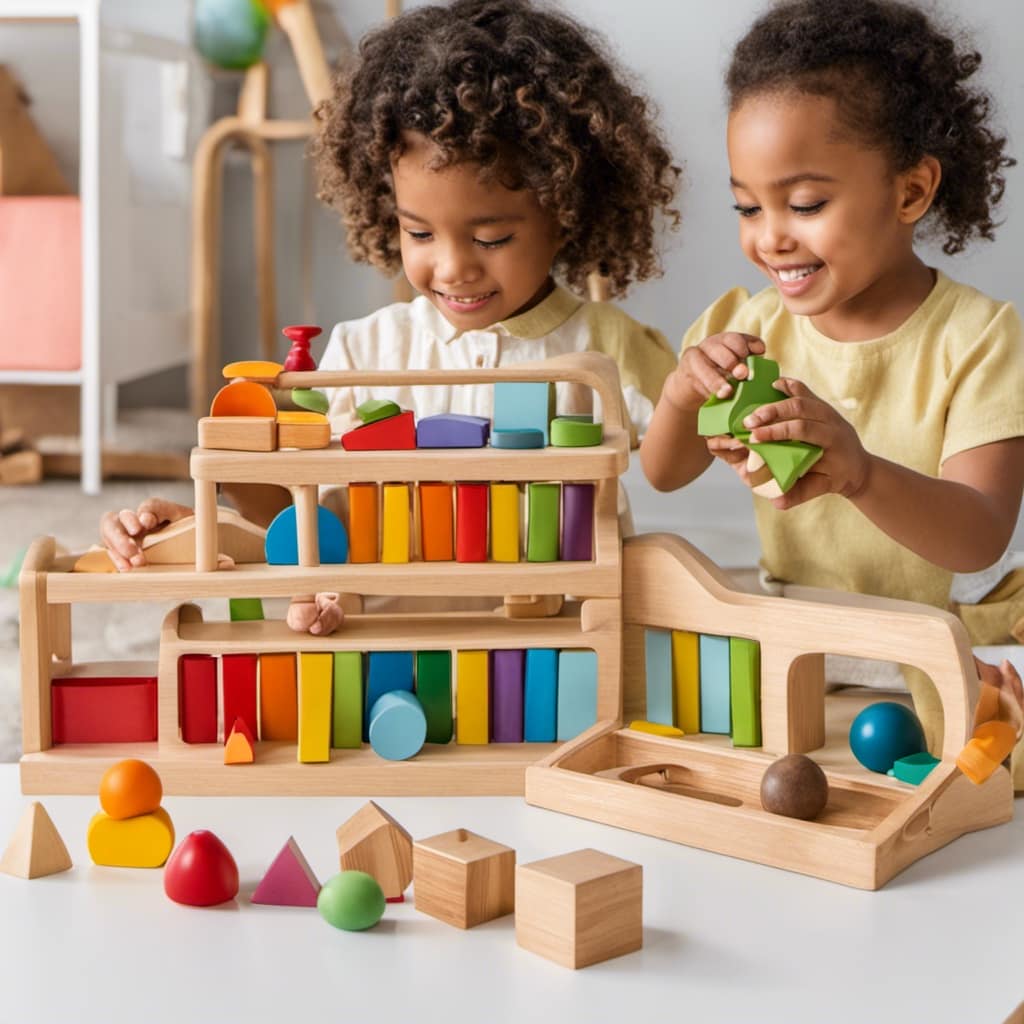
Grimm’s is renowned for their unique wooden toys that promote imaginative play and open-ended learning. Here are some key benefits of Grimm’s toys:
-
Encourages Creativity: Grimm’s toys are designed to inspire children’s creativity and imagination. With their vibrant colors and versatile shapes, children can explore endless possibilities and create their own stories and scenarios.
-
Enhances Problem-Solving Skills: The open-ended nature of Grimm’s toys encourages children to think critically and find solutions to different challenges. Whether it’s building structures or creating intricate patterns, children develop problem-solving skills while having fun.
-
Promotes Fine Motor Skills: Manipulating and arranging the various wooden pieces in Grimm’s toys helps children refine their fine motor skills. From stacking blocks to arranging puzzles, these toys provide hands-on experiences that strengthen hand-eye coordination and dexterity.

-
Sustainable and Eco-Friendly: Grimm’s is committed to sustainability and uses high-quality, natural materials such as wood and non-toxic paints. Their toys are ethically produced, ensuring a safe and eco-friendly playtime experience for children.
Grimm’s toys offer a world of possibilities for children, fostering their development while providing endless hours of engaging play.
Learning Resources
Learning Resources provides a wide range of educational toys and materials designed to enhance children’s learning experiences. Incorporating learning resources in early childhood education offers numerous benefits. These resources help children develop essential skills such as problem-solving, critical thinking, communication, and creativity. They also promote cognitive development, improve fine motor skills, and enhance hand-eye coordination. By engaging with learning toys, children are encouraged to explore, experiment, and discover new concepts independently.
Choosing the right learning toys for your child’s development is crucial. Consider their age, interests, and developmental stage. Look for toys that are age-appropriate and align with their learning goals. Consider toys that encourage imaginative play, promote sensory exploration, and offer hands-on learning experiences. Look for toys that are durable, safe, and made from high-quality materials.
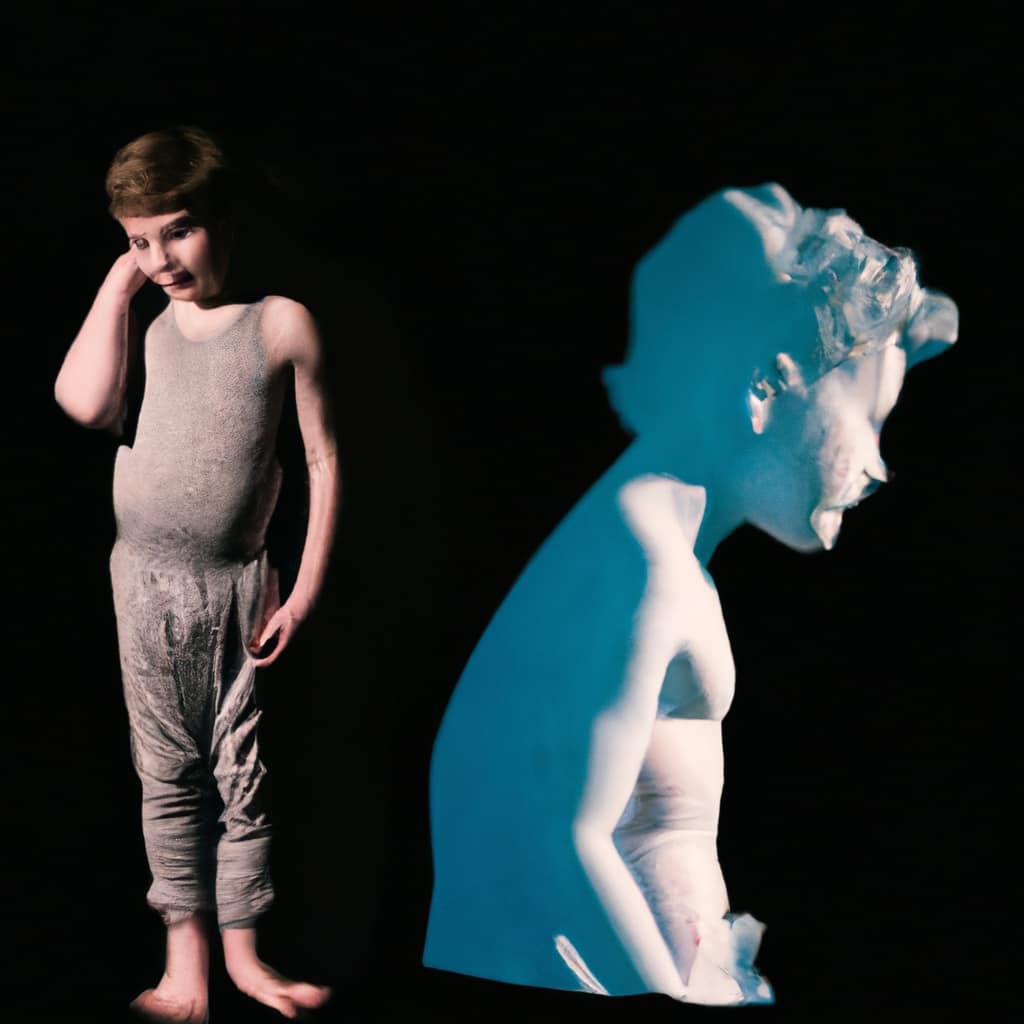
Additionally, involve your child in the decision-making process to foster their independence and encourage their engagement with the learning resources.
Frequently Asked Questions
What Are the Specific Age Ranges That Melissa & Doug’s Learning Toys Cater To?
Melissa & Doug’s learning toys cater to specific age ranges, offering advantages for each group. The toys are designed to promote cognitive development, fine motor skills, and creative thinking in toddlers, preschoolers, and elementary school children.
Are Plantoys’ Learning Toys Made From Sustainable Materials?
Yes, PlanToys’ learning toys are made from sustainable materials. Using eco-friendly materials in children’s toys not only benefits the environment but also teaches kids about sustainability and responsible consumption.
Does Hape Offer Any Educational Resources or Guides to Accompany Their Learning Toys?
Incorporating educational resources with learning toys has several benefits. Parents can utilize educational guides to enhance their child’s learning experience with Hape toys by providing additional information, activities, and guidance for interactive and educational play.
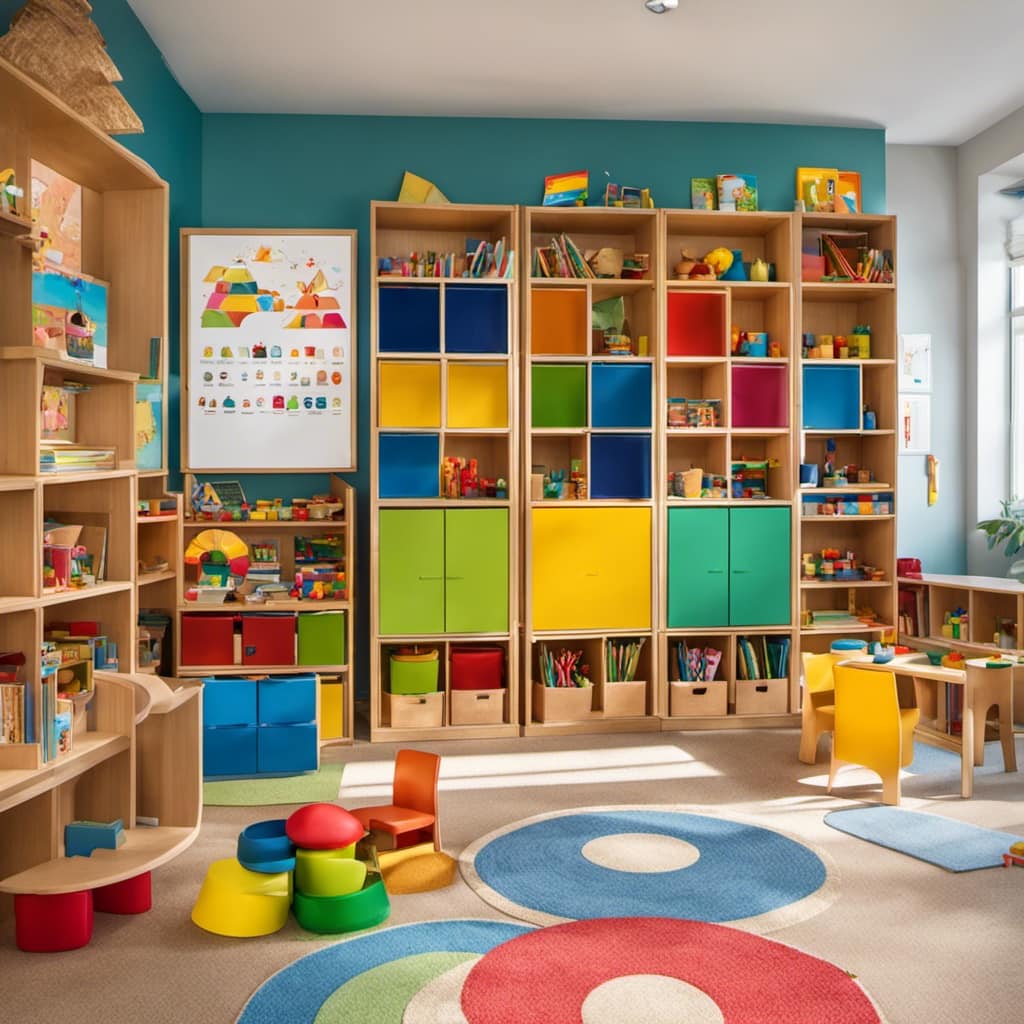
Are Grimm’s Learning Toys Suitable for Children With Special Needs?
Grimm’s learning toys for children with sensory needs can be adapted to suit different abilities. We can explore ways to modify the toys to provide a stimulating and inclusive learning experience for all children.
Can Learning Resources’ Learning Toys Be Used for Homeschooling Purposes?
Using learning toys for homeschooling has both pros and cons. They can enhance educational development by promoting active learning, but may also limit social interaction. Consider the impact on your child’s overall learning experience.
Conclusion
In conclusion, when it comes to quality producers of learning toys, Melissa & Doug, PlanToys, Hape, Grimm’s, and Learning Resources stand out for their commitment to creating educational and engaging products.
These brands offer a wide range of toys that promote cognitive development, creativity, and problem-solving skills in children. With their attention to detail, use of sustainable materials, and innovative designs, these companies have earned their reputation as leaders in the industry.
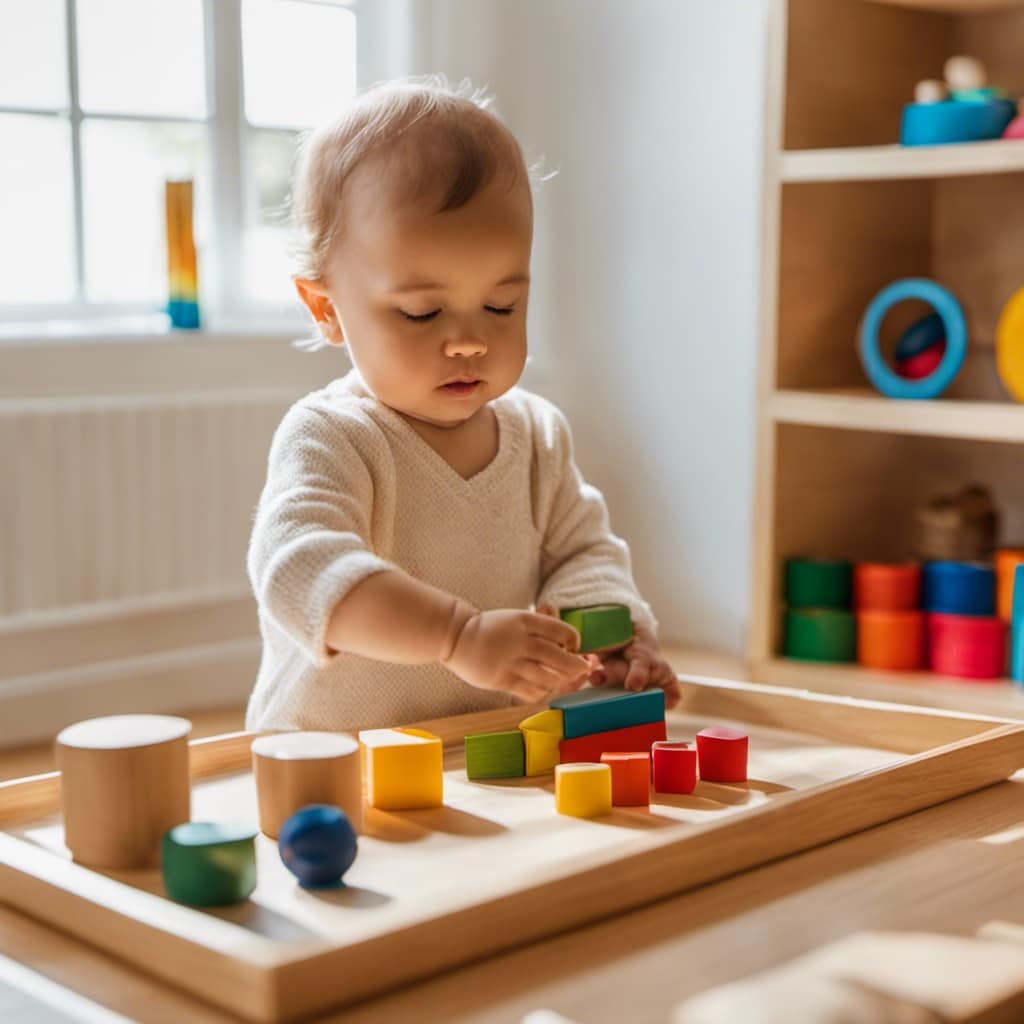
By investing in toys from these producers, parents can ensure that their children receive the best tools for learning and growth.
Mila, a gifted writer with a heart brimming with enthusiasm for child development and playful learning, is the creative force behind the enchanting narratives and insightful articles that grace Toddler Ride On Toys. With a background in early childhood education and a genuine passion for nurturing young minds, Mila weaves words that captivate, educate, and inspire parents, caregivers, and educators.
Montessori Toys
5 Best Economical Options for Kids’ Montessori Toys
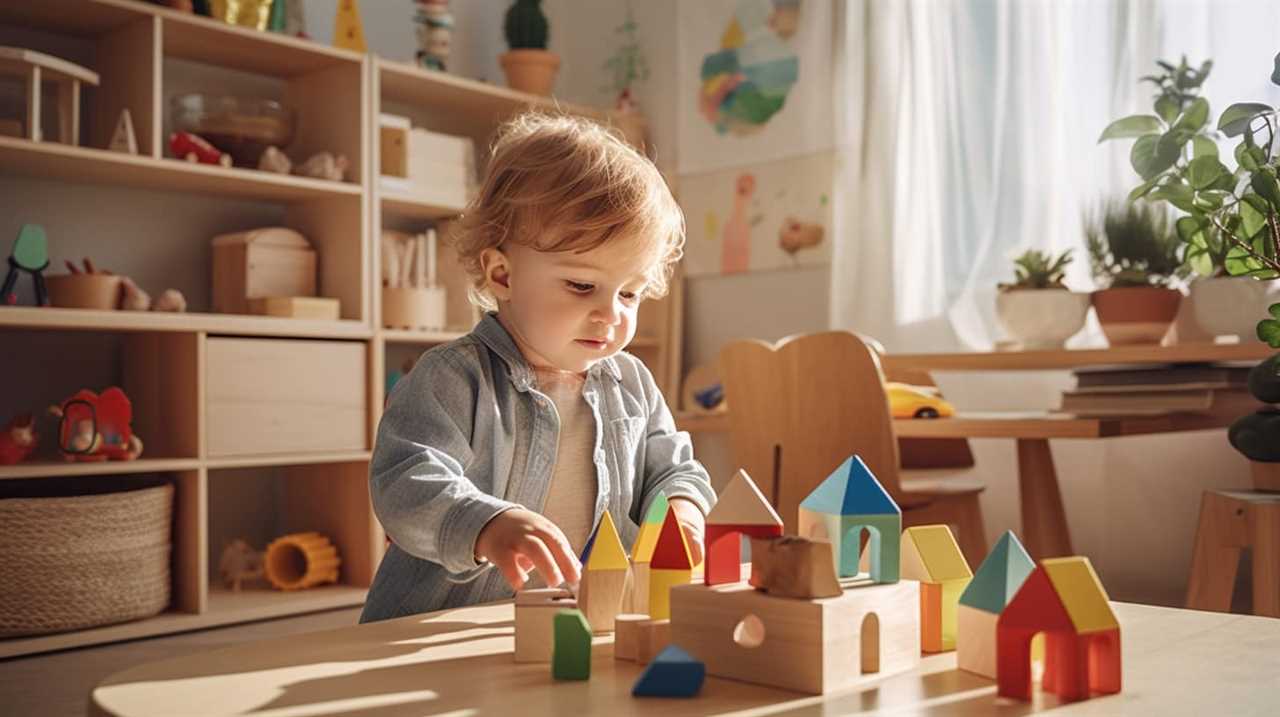
Finding affordable Montessori toys for kids can be a challenge. But fret not! We have put together a list of the top budget-friendly options just for you.
With our expert knowledge and research, we’ve found the top brands that won’t break the bank. Get ready to provide quality educational toys for your little ones without draining your wallet.
Let’s dive in and explore the five best economical options for kids’ Montessori toys.
Key Takeaways
- Materials used in construction, complexity of design, brand reputation, and quality and durability of materials are factors that affect Montessori toy costs.
- Lovevery, Hape, Melissa & Doug, and PlanToys are top affordable Montessori toy brands known for their quality and child-friendly designs.
- To find budget-friendly Montessori toys, consider open-ended toys, DIY options, budget-friendly subscription services, sales and discounts, and second-hand options from online marketplaces and thrift stores.
- Cost-effective DIY Montessori toy ideas include repurposing household items, finding items at thrift stores, DIY projects, and using nature-inspired toys and everyday household objects.
Factors Affecting Montessori Toy Costs
Factors that impact Montessori toy costs include materials, complexity, and brand reputation.
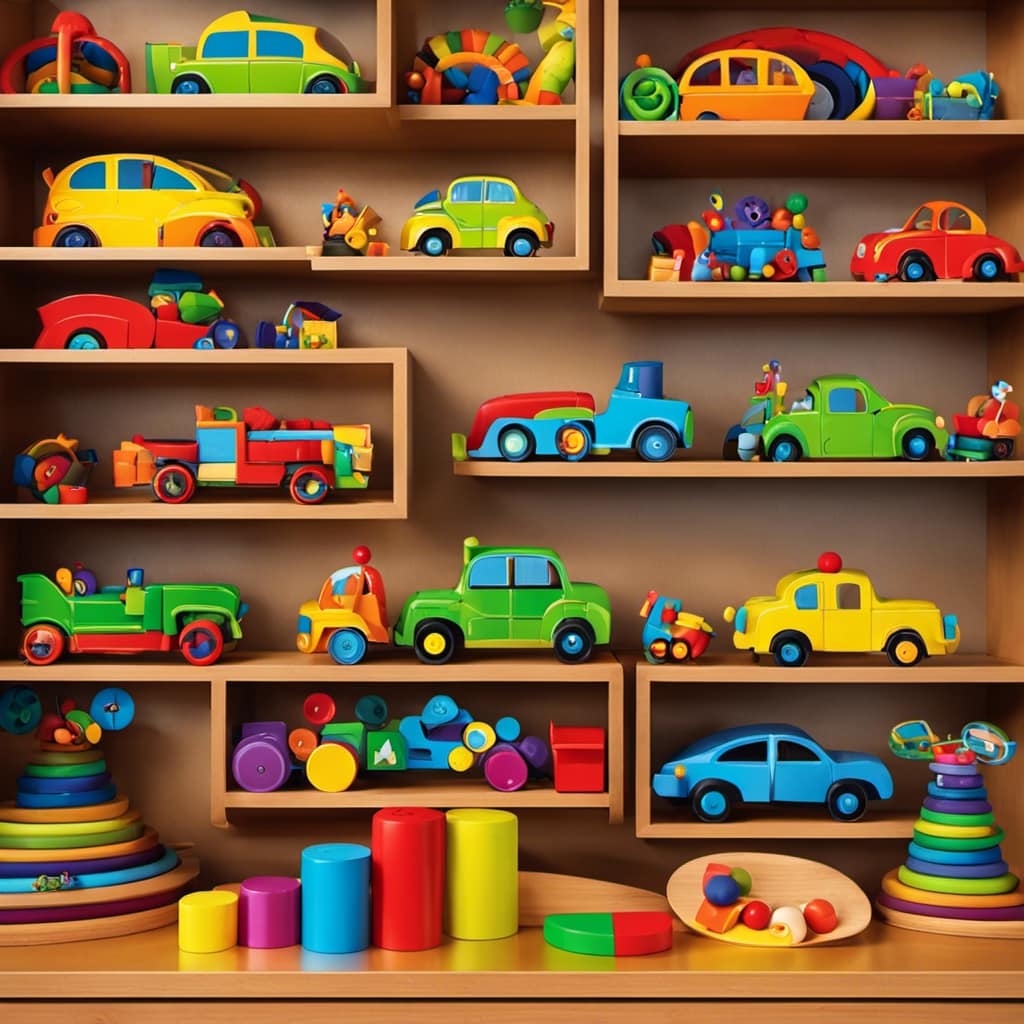
The quality of materials used in the construction of Montessori toys plays a significant role in determining their cost. High-quality materials, such as sustainably sourced wood or natural fabrics, tend to be more expensive, but they also ensure durability and safety for your child. On the other hand, cheaper materials may compromise the toy’s quality and longevity.
Brand reputation also influences Montessori toy prices. Well-established brands with a proven track record of producing high-quality educational toys are likely to charge more for their products. This is because they’ve invested in research and development, ensuring that their toys meet the educational standards of the Montessori method. However, there are also smaller, independent brands that offer affordable options without compromising on quality.
Understanding the impact of material quality and brand reputation on Montessori toy costs can help you make informed decisions when selecting toys for your child. By considering these factors, you can strike a balance between affordability and quality, ensuring that your child receives the best educational experience without breaking the bank.
Top Affordable Montessori Toy Brands
One of our favorite affordable Montessori toy brands is Lovevery. Lovevery offers Montessori inspired toy subscription services that deliver age-appropriate toys right to your doorstep. Their toys are designed to stimulate learning and promote development in children from birth to age four. Lovevery toys are crafted with high-quality materials and are designed to be durable, ensuring they can withstand the active play of young children.
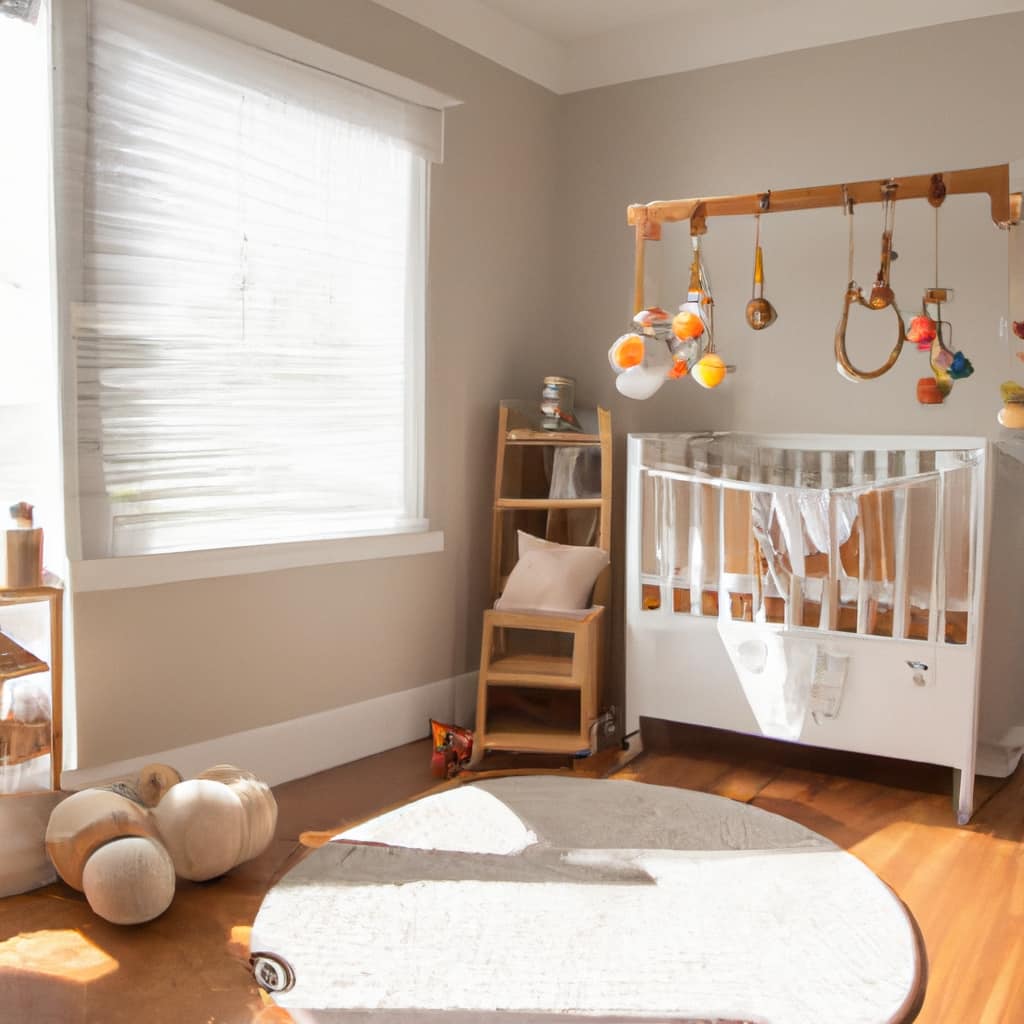
Another great option for affordable Montessori toys is to explore second-hand options. Websites such as eBay, Craigslist, and local buy/sell groups often have listings for gently used Montessori toys at a fraction of the original price. By opting for second-hand Montessori toys, you not only save money but also contribute to a sustainable and eco-friendly approach to toy shopping.
Budget-Friendly Montessori Toy Recommendations
After exploring affordable Montessori toy brands such as Lovevery and considering second-hand options, we can now discuss some budget-friendly recommendations for Montessori toys.
When it comes to affordable Montessori toy alternatives, there are a few options to consider. Firstly, you can opt for open-ended toys that can be used in multiple ways, such as wooden blocks or stacking rings. These toys promote creativity and problem-solving skills while being cost-effective.
Another budget-friendly option is to DIY Montessori-inspired toys using materials you already have at home. Repurposing everyday objects like empty containers or fabric scraps can make for engaging and educational toys.
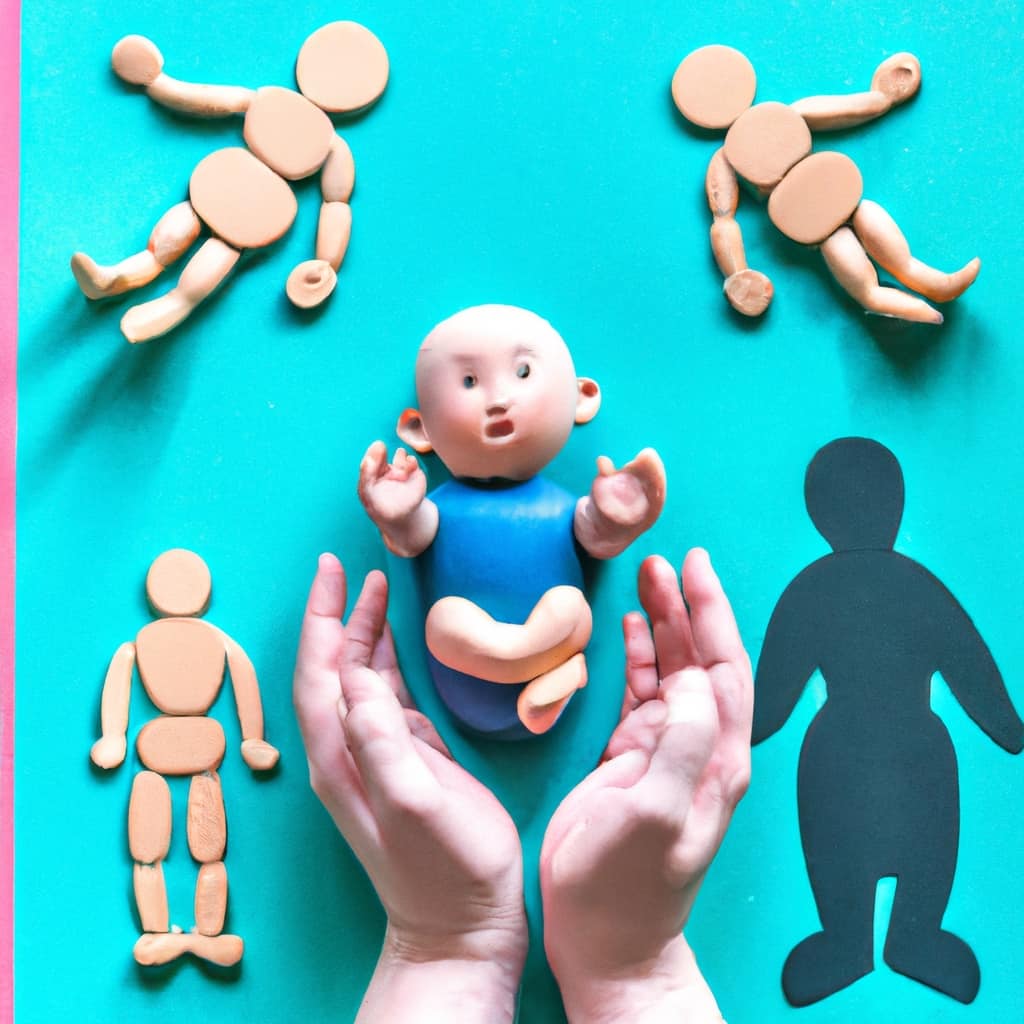
Additionally, some companies offer budget-friendly Montessori toy subscription services, which provide a variety of age-appropriate toys each month at a lower cost than purchasing individual toys. These subscription services allow your child to experience a range of Montessori-inspired activities without breaking the bank.
Tips for Finding Affordable Montessori Toys
To maximize our budget and find affordable Montessori toys, we can utilize effective strategies for sourcing cost-effective options. Here are three tips for finding affordable Montessori toys:
-
Secondhand Montessori toys: Consider purchasing gently used Montessori toys from online marketplaces, local thrift stores, or through local parent groups. Many families sell or donate their gently used toys, allowing you to save money while still providing your child with quality Montessori materials.
-
Sales and discounts on Montessori toys: Keep an eye out for sales and discounts on Montessori toys from various retailers. Sign up for newsletters or follow social media accounts of Montessori toy brands to stay updated on any promotions or special offers. This way, you can snag some great deals and save money on your purchases.
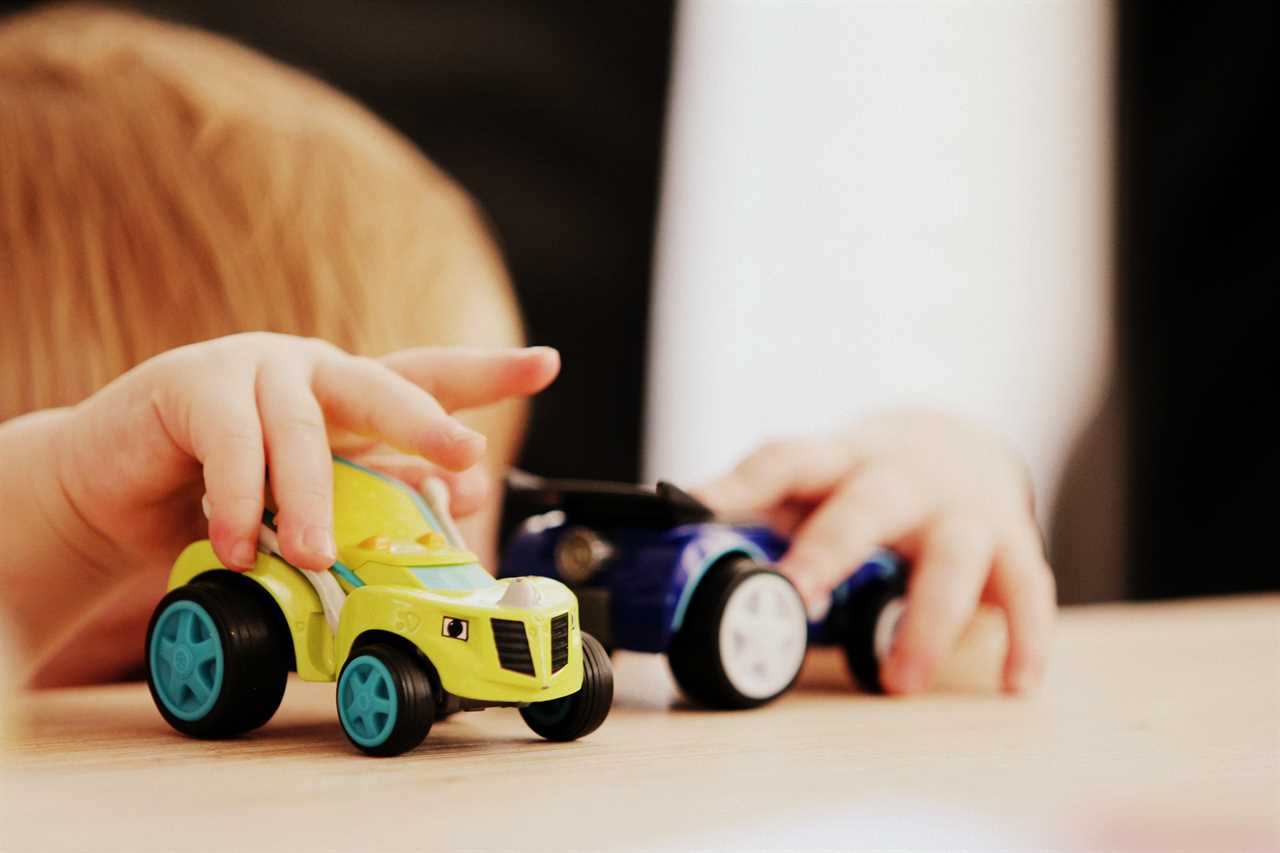
-
DIY Montessori toys: Get creative and make your own Montessori toys using materials you already have at home. There are plenty of DIY Montessori toy ideas available online that are budget-friendly and can be customized to suit your child’s interests and developmental needs.
Cost-Effective DIY Montessori Toy Ideas
Let’s explore some cost-effective DIY Montessori toy ideas that you can easily create at home.
One great option is to upcycle everyday items into Montessori toys. For example, you can turn old cardboard boxes into shape sorters or sensory bins by cutting out different holes and adding various textures.
Another idea is to repurpose empty containers and fill them with different objects, such as dried beans or buttons, for a DIY sound matching game.
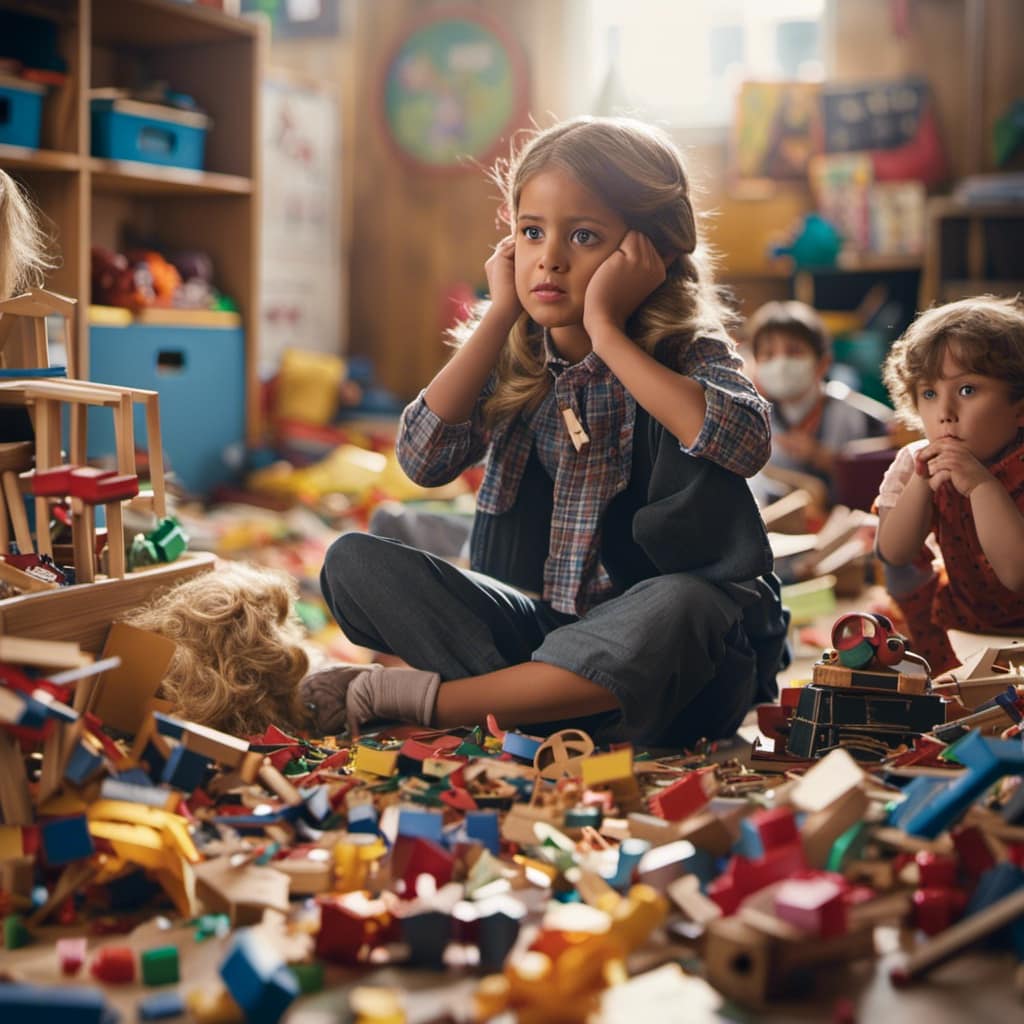
Thrift stores are also a great resource for finding affordable Montessori toys. Look for items like wooden puzzles, stacking toys, or small containers that can be used for sorting activities. With a little creativity and some paint, you can easily transform these thrift store finds into Montessori-inspired toys.
By using upcycled materials and shopping at thrift stores, you can create a variety of Montessori toys without breaking the bank. These DIY projects not only save you money but also promote sustainability and encourage resourcefulness.
Frequently Asked Questions
Are Montessori Toys Only Suitable for Young Children or Can Older Kids Benefit From Them as Well?
Montessori toys are not limited to young children; older kids can also benefit from them. Montessori toys offer unique benefits such as promoting independence and critical thinking, which traditional toys may not provide.
How Long Do Montessori Toys Typically Last Before Needing to Be Replaced?
Montessori toys can last a long time, but their lifespan depends on various factors like quality, materials, and how they are used. It’s important to choose durable toys that can withstand repeated play.
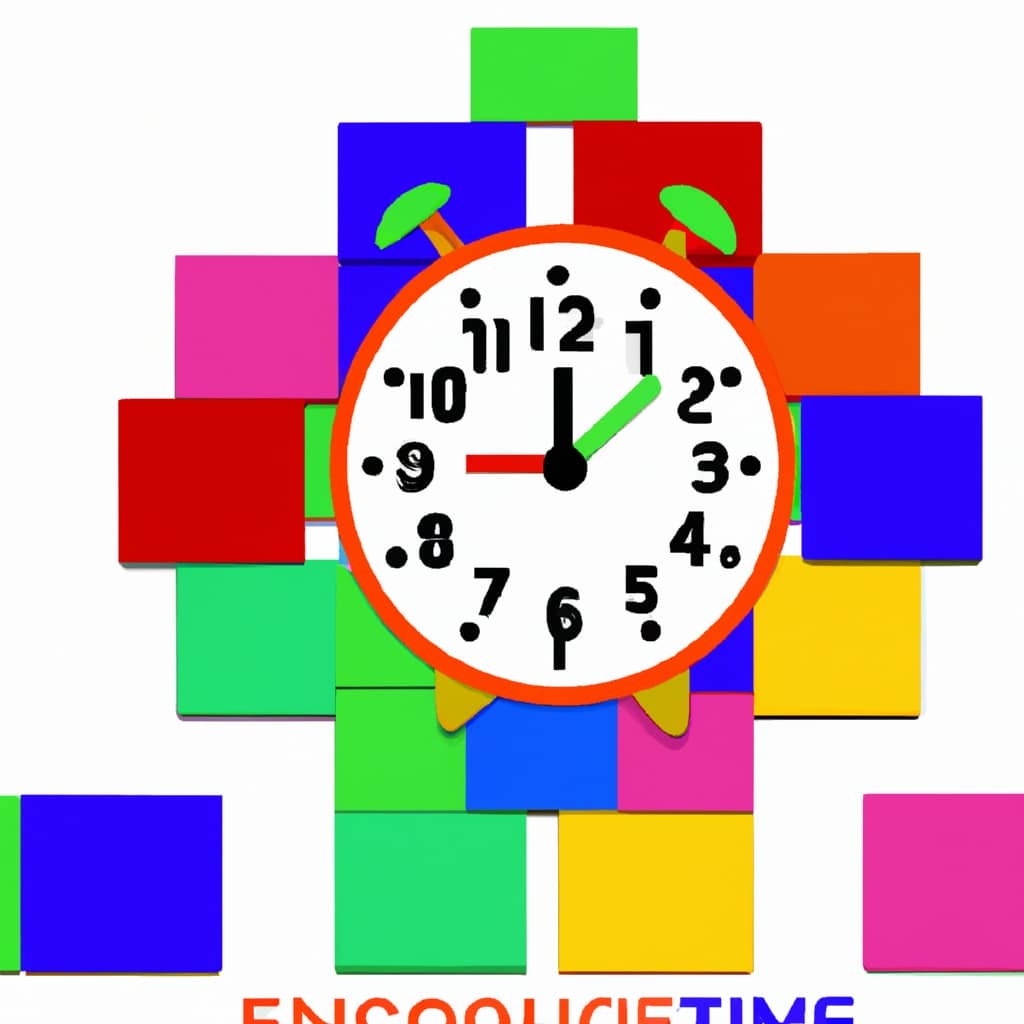
Can Montessori Toys Be Used in a Traditional Classroom Setting or Are They Only for Home Use?
Montessori toys can be used in a traditional classroom setting, not just at home. They offer numerous benefits for older kids, such as fostering independence, promoting problem-solving skills, and encouraging hands-on learning.
Are There Any Safety Concerns to Consider When Using Montessori Toys?
When it comes to Montessori toys, safety concerns are important to consider. However, the benefits for older kids are worth it. Let’s explore how to ensure a safe and enriching play environment.
What Are Some Alternatives to Montessori Toys That Offer Similar Educational Benefits at a Lower Cost?
Looking for budget-friendly alternatives for Montessori toys? Consider DIY Montessori-inspired toys. They offer similar educational benefits at a lower cost. Get creative and engage your little ones in cost-conscious educational play!
Conclusion
In conclusion, finding affordable Montessori toys doesn’t have to be a daunting task. By considering factors that affect costs, exploring budget-friendly brands, and utilizing cost-effective DIY ideas, parents can provide their children with enriching educational toys without breaking the bank.
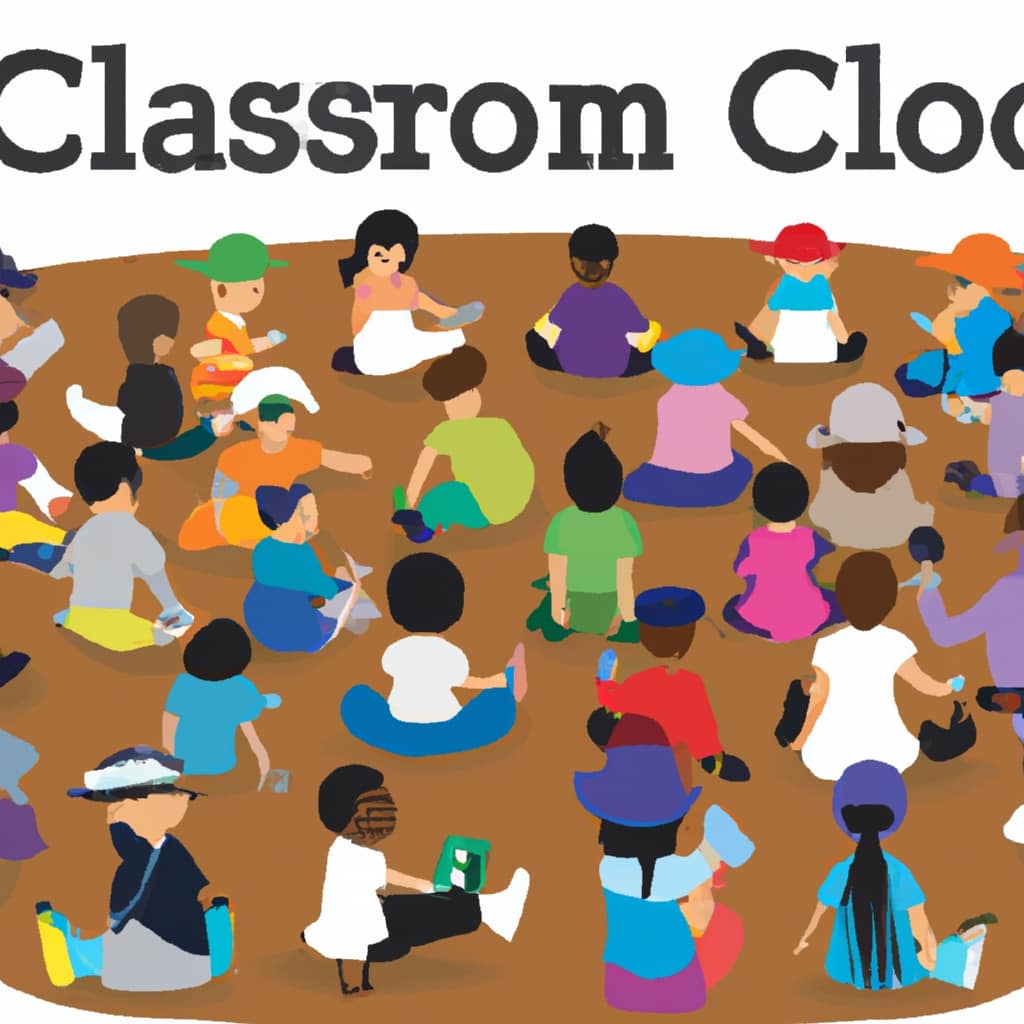
Remember, with a little creativity and resourcefulness, it’s possible to find the perfect Montessori toys that are both economical and engaging. So start your search today and watch your child’s learning journey flourish!
Mila, a gifted writer with a heart brimming with enthusiasm for child development and playful learning, is the creative force behind the enchanting narratives and insightful articles that grace Toddler Ride On Toys. With a background in early childhood education and a genuine passion for nurturing young minds, Mila weaves words that captivate, educate, and inspire parents, caregivers, and educators.
-
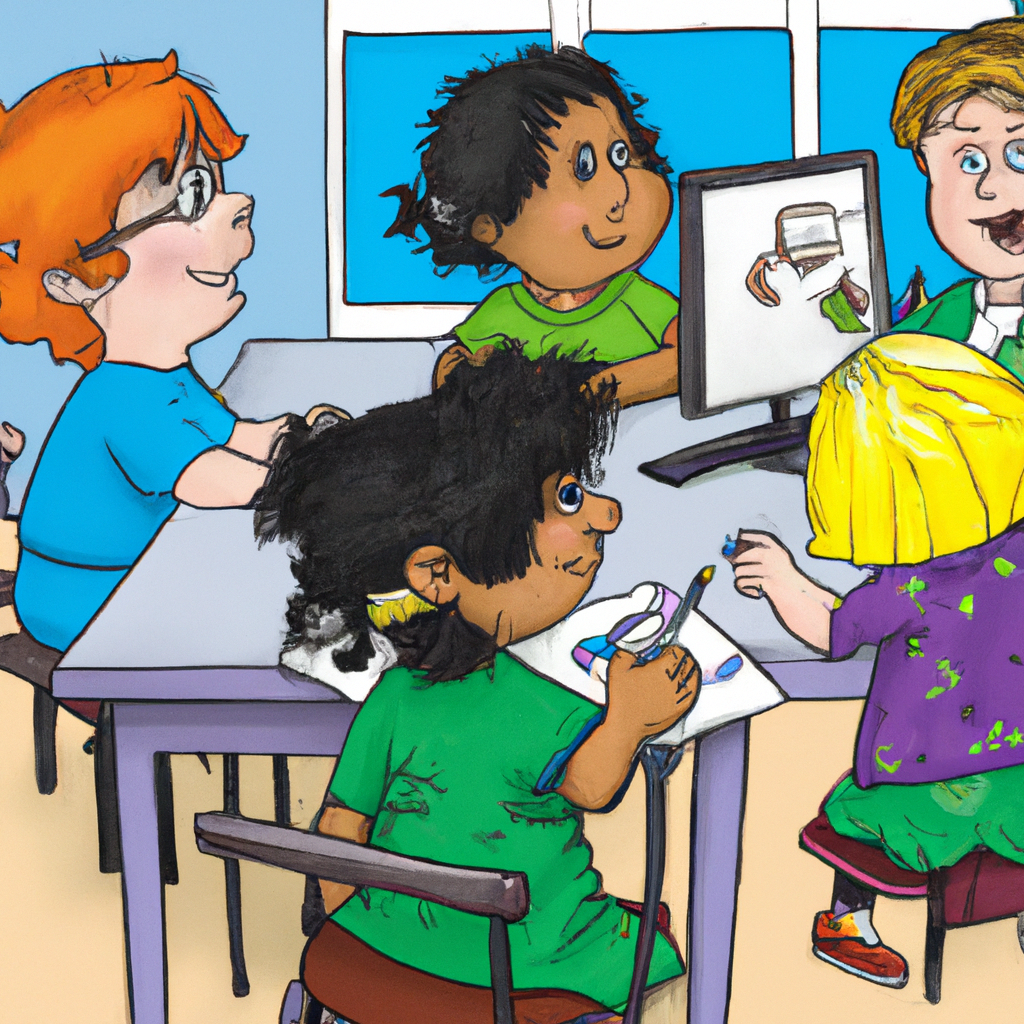
 Child Development3 months ago
Child Development3 months agoWhat Is a Theory in Child Development
-

 Child Development3 months ago
Child Development3 months agoThe Science Behind How Parents Affect Child Development
-
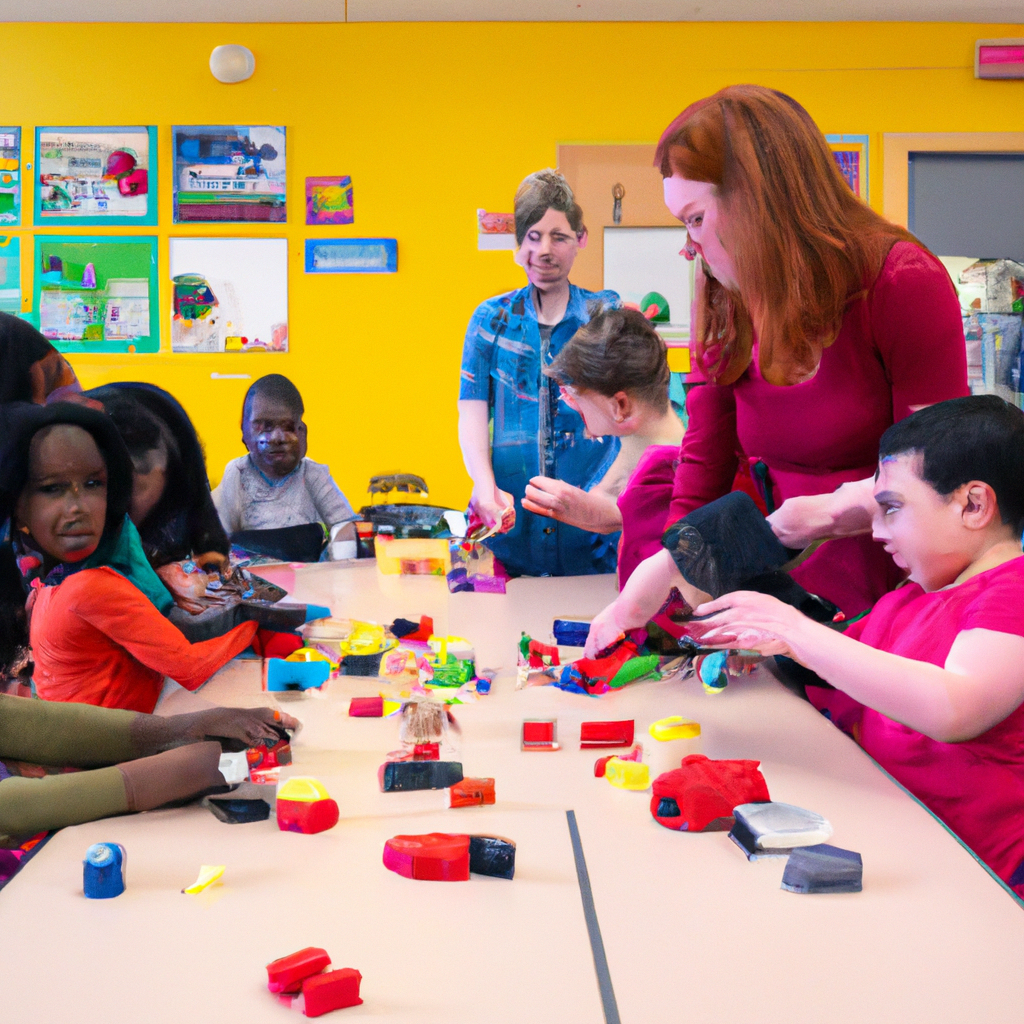
 Child Development3 months ago
Child Development3 months agoWhat Do You Do in Child Development Class in High School
-
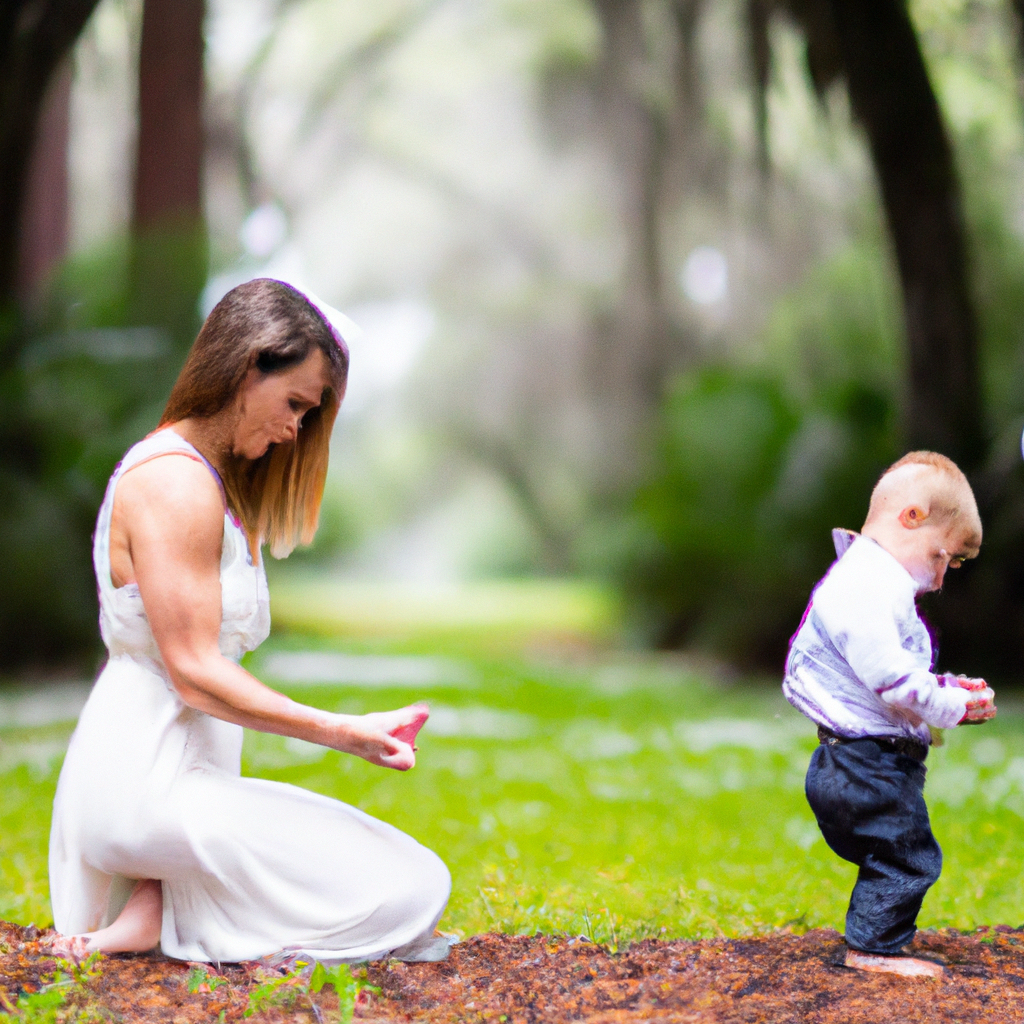
 Child Development3 months ago
Child Development3 months agoHow Parenting Styles Affect Child Development
-
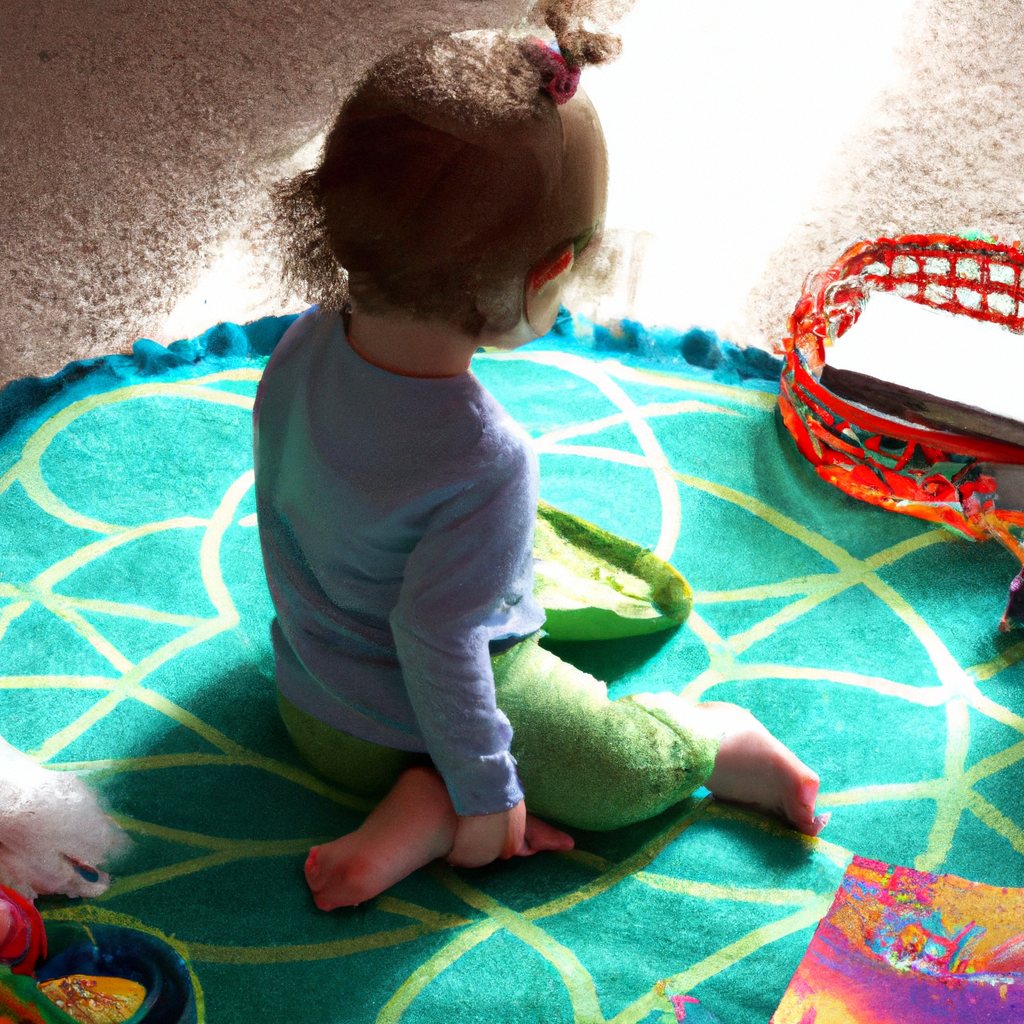
 Child Development3 months ago
Child Development3 months agoWhat Is Child Development?
-
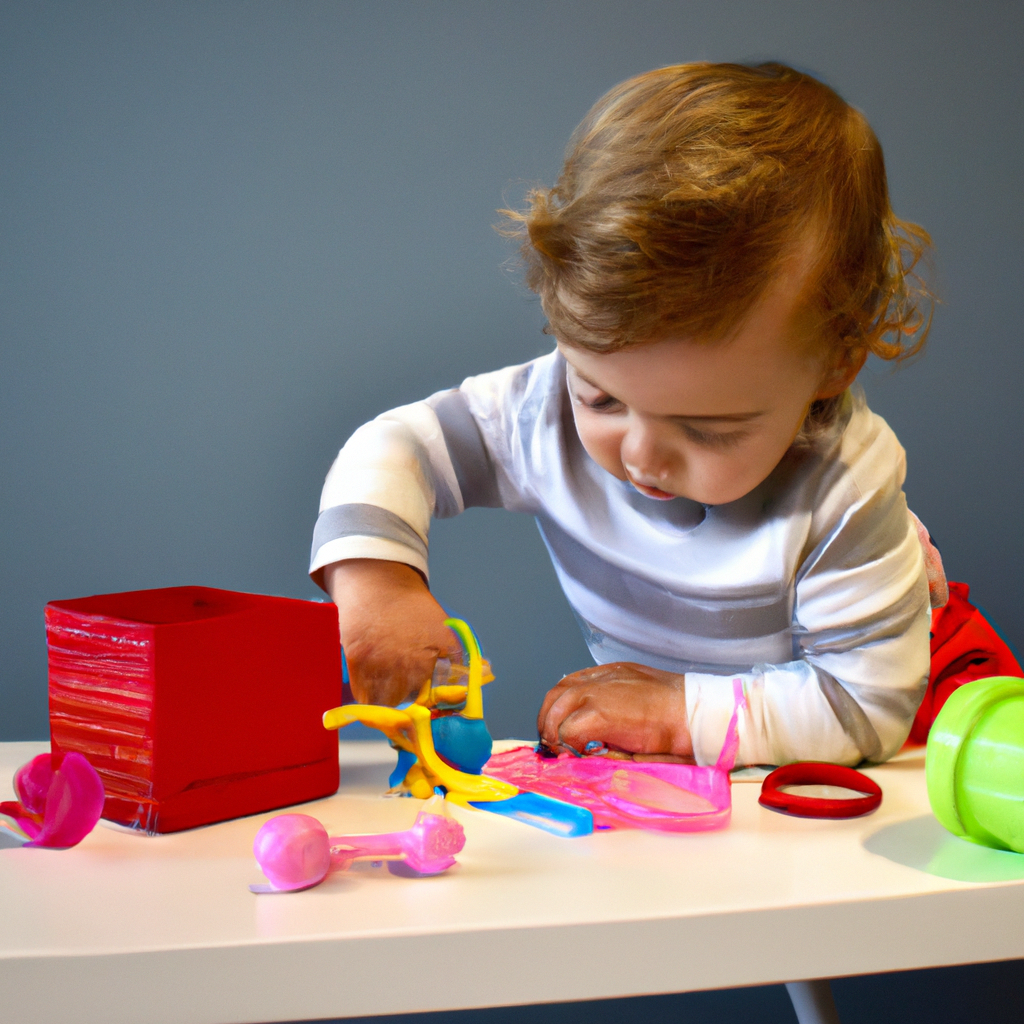
 Child Development3 months ago
Child Development3 months agoHow Does Piaget’s Theory Impact Child Development
-
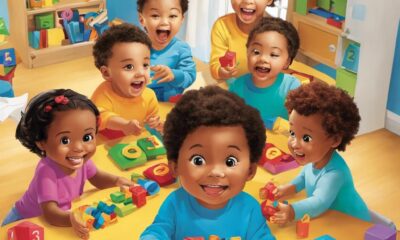
 Preschool Toys6 months ago
Preschool Toys6 months agoTop 8 Interactive Role-Play Toys for Preschoolers Reviewed
-
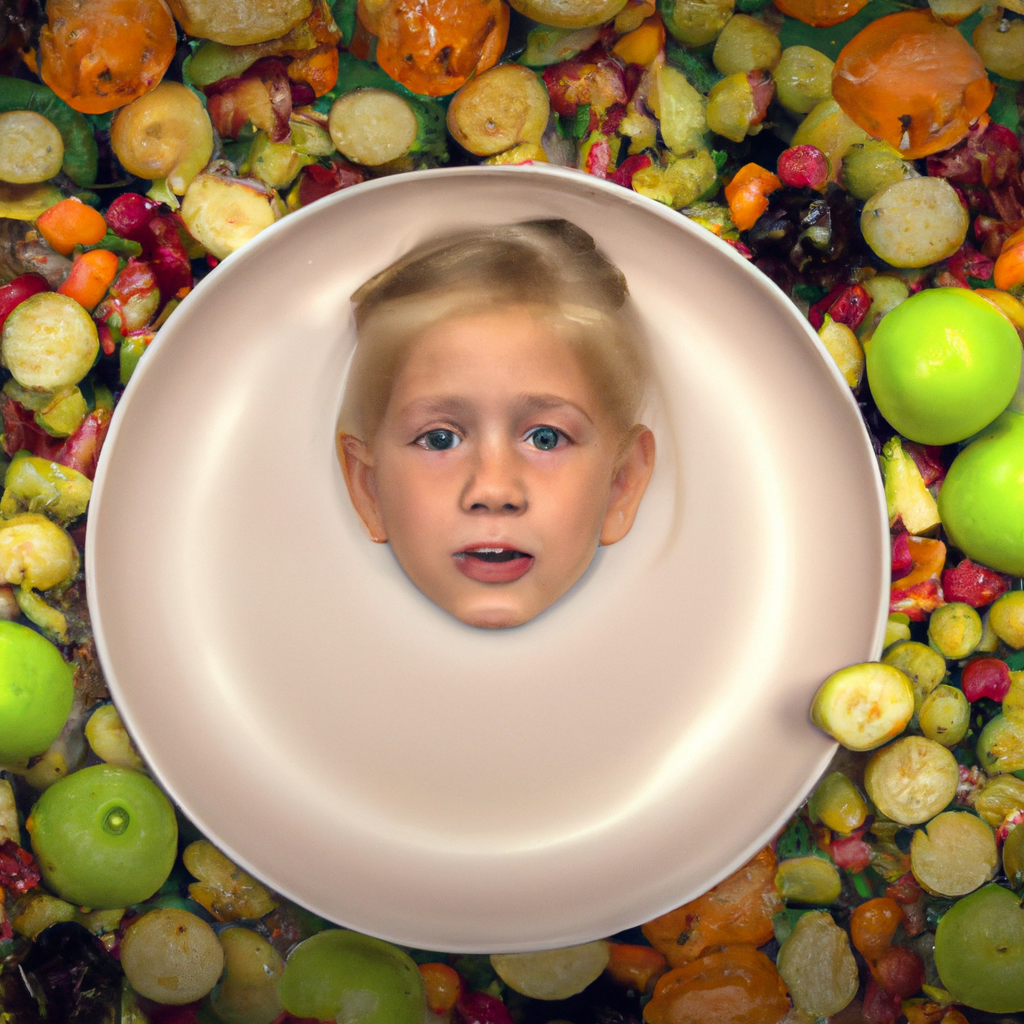
 Child Development3 months ago
Child Development3 months agoHow Does Food Insecurity Affect Child Development



